|
We left Ponce last Saturday and took Wild Horses on a very short boat ride to Isla Caja de Muertos (Coffin Island). Oh wow. The island did not disappoint. It is just 8 nautical miles south of Ponce but as Wild Horses glided closer to its shores, we felt we were entering a magical world. The tiny island (just 1.5 miles long and 1.2 miles wide) has green mountains, sandy beaches and the most beautiful blue water we have seen since the Bahamas. It also had been home to our buddy boats (Caretta and Indigo Lady) for the last two days. It was nice to reunite with our friends and they immediately played tour guide for the island. We fit in some exploring of the ruins, checked out the trails, and had some much-needed beach time for our pup Ocean. We ended the glorious day with a few drinks aboard Indigo Lady, planning the next leg of our journey. As much as we loved Isla Caja de Muertos, we were eager to make the three-hour trip east to Salinas, Puerto Rico. The marina in Salinas welcomes cruisers. For $50 USD a month, you can use their pristine dinghy docks, nice showers and, most important for us, the marina’s address to receive packages. We had been waiting for an opportunity to order a Starlink Kit so this really fit the bill. Starlink is fairly new but has been a game-changer for cruisers wanting more “home-like” unlimited internet data. It uses satellites so moving from island to island becomes seamless. Compare this to buying SIM cards for each island and trying to connect to, sometimes, shifty cell towers – yikes! The town of Salinas itself is small but its harbour is perfect as a home base for touring Puerto Rico and for getting provisions near the large city of San Juan. And that is exactly what was in the cards for Wild Horses, Caretta and Indigo Lady. On Monday we rented two cars (Wild Horses had a van while Caretta and Indigo Lady took a car) and set off for an incredible two-day adventure + provisioning trip to San Juan. Immediately we knew this was going to a special couple of days. The trip from Salinas to San Juan took us through the enormous and beautiful Cordillera Mountain Range. It is about 85 miles from Salinas to Old San Juan and we enjoyed every mile of it. Well, except the last bit of finding parking in the congested, narrow, and oh-too-frequent-one-way streets of Old San Juan 😉. After a leisurely lunch, it was off to tour the forts. We walked first to the Castillo de San Cristobal, the largest fort ever built by Spain in the New World. Caretta and Indigo Lady toured the inside of the fort (no dogs allowed!) while Wild Horses enjoyed the immense grounds surrounding the fort, checking out the view, iguanas and, of course, meeting a few dog-loving people. Next up, was walking through historic Old San Juan on our way to San Felipe del Morro, one of the first forts constructed in Puerto Rico in the 1530s. By 4pm on Monday, we were tired from our walking tour and ready to check into our hotel. Indigo Lady had booked us into an apartment-style pet-friendly hotel in Old San Juan. What a find! Our apartments were lovely. A Spanish style with two bedrooms, a little kitchenette and, oh my gosh, air conditioning. A wonderful respite from the staggering 90 degree Fahrenheit heat. Although our Monday had been jam-packed full of goodness, our plans for Tuesday were even better. We were going to the rainforest! El Yunque National Forest is an hour east of Old San Juan and it was going to be our playground for the day. El Yunque has over 28,000 acres of land with numerous hiking trails, waterfalls, rivers, fresh water pools and incredible vistas. We were able to fit in several hikes, including one to the top of Mount Britton, a short 1.6 mile hike that goes straight up 650 feet to the Mount Britton tower. Incredible! But, with only a few days with our rental cars, we knew we also had to get some serious provisioning done. After a late lunch just outside El Yunque, we bid farewell to the mesmerizing forest and headed back towards San Juan. Tuesday afternoon and all day Wednesday, Wild Horses, Caretta and Indigo Lady were in full-on provisioning mode. Between the three boats we shopped hard at Walmart, Costco, West Marine, Petsmart, Advance Auto Parts and the local Econo grocery store. Both the car and van were topped full of gear and food. We were ready for the next leg of our journey! Our last full day in Salinas was used for boat chores. We topped up our diesel tanks, made water with our Rainman Watermaker, did a few loads of laundry, hooked up our Starlink system, got the boat bottom cleared of barnacles, oh and stowed away that mountain of provisions we purchased in San Juan. How to top off such a busy day and an amazing week? We all went out for an evening of live music and sushi of course! On Friday, the plan was to depart Salinas, Puerto Rico and head for Vieques in the Spanish Virgin Islands, a 45 nautical mile journey east past the south shore of Puerto Rico. At 0645, Wild Horses fired up her engine and…uh-oh…our engine exhaust fan wasn’t on. One quick call to our buddies and we had both Barry (Caretta) and Dave (Indigo Lady) on Wild Horses, problem-solving with Mike. After 45 minutes of testing and analyzing, it was determined that our exhaust fan had officially died. With no spare fan on board, I started to get worried that we were dead in the water for at least a day, maybe a week, while we tried to source a new part. I shouldn’t have worried! Dave and Barry figured out a way to cool the engine room by using our cabin fans and a few open hatches. And it worked! We are now enjoying the Spanish Virgin Islands. Our first anchorage was just off the western shore of Vieques, arriving late afternoon on Friday. Today we are anchored at Cayo Icarnos, at the top western edge of the Spanish Virgin Islands. Beautiful! Interested in seeing where we are anchored right now? Click the button below!
Our first few days in Puerto Rico were marvellous. We were anchored in Puerto Real harbour and enjoyed several days of catching up on our rest after the Mona Passage. Although our journey from Luperon wasn’t difficult, it was long. Four days of overnight travel with only a couple of short rest stops to catch our breath. We were ready to decompress and hang out with our friends on Indigo Lady, Bitty Rose and Caretta. A few days later our friends on Bye Felicia also anchored in Puerto Real. It made Ocean very happy to be reunited with her little friend Rex. By the weekend, we were all rested up and ready to get moving again. Wild Horses, Caretta and Indigo Lady all weighed anchor and headed south along the coast of Puerto Rico. We were only a pod of three this time as Bitty Rose had left two days before us and Bye Felicia needed to stay to fix their autopilot (it broke down at the beginning of their Mona Passage journey – yeesh!). Just an hour and a half into our journey, we rounded the southwest corner of Puerto Rico, where the Mona Passage and the Caribbean Sea meet. It was a beautiful moment for all three boats – we were finally in the Caribbean Sea! We congratulated each other over the VHF radio, excited to have met a big milestone in our journey. This is one of the perks of buddy boating. Yes, you are there for each other through planning and boat issues but, truly, the best part of buddy boating is sharing the happy moments. This kind of community has a bigger than life impact out here on the water. The bond becomes tight fast! The south coast of Puerto Rico isn’t long, just 170 kilometres, and it is littered with beautiful anchorages. This means that we can make progress along the coast in short morning hops (2 to 4 hours) when the eastern trade winds are lightest. The view from each anchorage is stunning – sandy or rocky shorelines with either a small village or tiny local housing scattered about. There are tall mountains in the distance and we can watch the waves breaking out in the Caribbean Sea. Since we have our pup Ocean, we always take a few trips to shore which gives us a chance to hike a trail or wander about town, meeting local people and learning about the area. Our days are blissful mixes of exploring, chatting with friends, daily tasks (laundry never goes away!) and relaxing in the cockpit watching the sun disappear over the horizon. Now we are currently in Ponce, which is an industrial-looking anchorage almost halfway along the south coast. Ponce was once a very happening stop for cruise ships, with a beautiful boardwalk and quaint shops and restaurants. Three hurricanes (Irma and Maria in 2017, Fiona in 2022) and one earthquake (2020) later, it is battered and bruised. The once bustling boardwalk is now fenced in and desolate. The parking lot is empty. Damaged structures, light posts and statues lay ruined. It isn’t the prettiest area these days but Ponce isn’t giving up. The city has plans in the works to bring this area back to its former glory. Hopefully, one day, we will return to see it alive and beautiful! 😊 Next for us is to head to Salinas, an active cruising anchorage where we will be able to rent a car and explore more of the interior of Puerto Rico. With the big city of San Juan just a few hours away, it is also a great place to use as a base to re-provision for our trip further south. Our plan is to stay at least a week in Salinas and then to start our journey to the USVI by early May. Click the button below to find out where Wild Horses is currently anchored.
Could Wild Horses skirt the rules a second time and not officially check out of the Dominican Republic? Um, yup! Bitty Rose, a fast Catamaran in our buddy group, was the first to leave the Escondido anchorage at 1730 on Sunday night. At 0330 the next morning, the rest of us weighed anchor. Our journey to cross the Mona Passage had started. We were officially on our way to Puerto Rico. Still under the cloak of darkness, we made our way along the final stretch of the northern coast of the Dominican Republic. The winds were light and we were enjoying a calm sea state. No waves or swell. It was beautiful. This was the weather we expected from the forecast and the weather we always hoped we would have for our journey across the dreaded Mona Passage. Why is the Mona Passage so feared? Big Atlantic waves and swell push their way through the shallow passage going against the numerous underwater currents. The result is a sea state that can become very big and rather steep. Add to that regular thunderstorms that pop up on the Puerto Rican coast every afternoon. The topper is that it takes over 12 hours to cross the Mona Passage which means that a boat faces a change in tidal currents while underway. To say that the Mona Passage is no joke, is an understatement. Choose the right weather and it is doable. Choose the wrong weather and it is dangerous. But our weather was mild at best. We were confident and excited as the sun rose before us. We decided, along with “Caretta”, to short cut the traditional route across the Mona to save a bit of time. Instead of hugging the DR coast for the first 80 miles, we would head further offshore and straight for Puerto Real, our intended landing point in Puerto Rico. For the first several hours, we were relaxed under calm seas, motoring due to the light winds. At about 1100 hours, the wind picked up and, well, so did the sea state. We had 24 knots of wind directly on our nose (sailor-talk for “right at us” 😉) and the waves became steep. Wild Horses slammed up and down like a rocking horse for 3 hours. Now, this wasn’t uncomfortable but it was extremely annoying. We ordered calm seas!! Oh, the Mona Passage wins again, sigh. Although the seas calmed significantly early in the evening, the wind never dropped below 14 knots. It sounds like lovely sailing weather but, no, it was directly on our nose. We continued motoring. But an odd thing was happening to our fuel level. We had topped up our 55 gallon tank before leaving the anchorage, with a spare 5 gallons on deck. Since we burn 1 gallon of diesel an hour at 6 knots, we had plenty of fuel for the 28 hour passage. But, wait, the fuel gauge disagrees. We have used half of our fuel and we are only 8 hours into our journey. Huh? Weird. We did some quick math and felt we still had plenty of fuel to finish off the trip. We were a little concerned but logic told us we would be okay. We were at a crossroads. We were still close enough to the DR coast to abort our passage plans for that night and go get more fuel at Punta Macao. We could always continue on tomorrow. Ugh, but the weather is perfect today and, really, we should have enough fuel. The gauge must be wrong. Our go-no go decision was made final. We put our last jerry can into the tank and decided to carry on. Four hours later, we are hailed on the VHF by our buddy boat Caretta, motoring behind us. “Hey Wild Horses, you are looking more like a pack of mules up there. What’s going on?”. He was right. Our speed was dropping. But why? Earlier we had noticed large swaths of sea grass (aka sargassum) skimming along the water’s surface. It was impossible to avoid and our thinking was that some of this sargassum was clinging to our rudder and prop, slowing our speed over ground. We stopped the boat and went into reverse to clear the grass away. It worked! Our speed boosted back up. Yes! And so our afternoon and evening continued. After sundown, we motored forward in complete darkness, guided only by our instruments until the three-quarter moon started rising about 2330. We had to clear the sargassum one more time during the night but, otherwise, it was a fairly comfortable night motor. Well, except for that damn fuel gauge. It just kept dropping faster than expected. We confidently told each other that it was fine, we had enough fuel. Besides, now we were well into our passage and there was no turning back. We carried on knowing that conditions were great (no squalls, reasonable sea state) and that, heck, we are a sailboat. Worst case scenario, we could pull out the sails and tack our way across the dying wind to the finish line. We wouldn’t arrive until the middle of next week (an exaggeration of course) but we knew this wasn’t a dire situation. At 0545 hours on Tuesday, the sun rose. We were within 25 nautical miles of Puerto Real. We had cell service once again and the sea state remained comfortable. Our fuel gauge, however, was less than happy. We were now fully in the “red” zone. We estimated that we had about 4 gallons of fuel left. And, we had about four hours left in our journey. Let’s see – we burn 1 gallon an hour…Ugh, this was going to be a photo finish. Then a mere half hour later, a hail from our buddy boat Caretta. “So, I am extremely low on fuel. Not sure what is going on but I am not sure I have enough to get to Puerto Real”. Huh? It appears Wild Horses and Caretta were both in a fuel pickle. We continued to motor on (remember – no wind equals no sailing), hoping to get to shallow enough water to drop anchor before our tanks ran empty. We had 5 nautical miles to get to shallow water. At 0700 hours, Caretta turned off her engine. She had run out of fuel. Barry, the captain, immediately dropped his dinghy and attached it to Caretta’s starboard side. He was going to use it as a substitute power source to get Caretta closer to the harbour entrance. From there, he could anchor and dinghy into the marina to get fuel. It worked! He was making 3.3 knots underway. At 0745 hours, a mere 4 nautical miles from Puerto Real, we heard the telltale sounds of our engine struggling for fuel. We turned it off and dropped our dinghy. We were also going to be a dinghy powered sailboat! Going slow but steady, we made it to a great little spot, just outside the harbour. Caretta anchored close by shortly after us. We were safe, but before getting our much-needed diesel from the Puerto Real marina, we had to check into Puerto Rico. Thankfully, the CBP Roam app makes it super easy and within 30 minutes we had hoisted our Puerto Rican courtesy flag and were leaving to get fuel so we could move the boat the 0.25 nautical miles into the protected harbour of Puerto Real. What an arrival! Once both Caretta and Wild Horses were safely in the harbour, we discussed our fuel issues. Although we had travelled separately before Luperon, we had both stopped at Great Inagua, Bahamas for fuel. We had both been forewarned that sailors often get bad fuel from Great Inagua but with no choice at the time, we had filled our tanks. Ah, that makes sense. Bad fuel burns inefficiently and at a higher rate of consumption. We had our answer to our fuel conumdrum. Indigo Lady, the fourth boat in our buddy group, also had her issues. She had taken a different route, choosing to hug the coast before crossing the Mona Passage. Strong winds and a fouled prop made them abort their plan for a few hours but then they were able to continue along, anchoring in the harbour just a few hours after we did. All four buddy boats are now in Puerto Real. We successfully completed the dreaded Mona Passage and can now relax for a few days. Whew! There is never a shortage of drama and learning in this sailing gig! Wondering where the crew of Wild Horses is today? Click the button below and find out!
We have reached another big milestone, having completed the Mona Passage, the long and (sometimes) treacherous waterway connecting the Dominican Republic and Puerto Rico. But the fun, stress and rewards are truly in the details of getting here. It was anything but ordinary for us. A series of memorable moments that ended with the sweet reward of finally being in Puerto Rico. Here is part one of our journey. Part two will follow in a few days. Where to begin? In Luperon, Dominican Republic of course! Last Wednesday, we were still in Luperon and planning to get our despachos (exit papers) on Saturday, the day before Easter Sunday. The weather looked perfect for a one or two-night run along the north coast of the Dominican Republic to Escondido, near the Northeast tip of the country. From there, we could hug the Eastern Dominican Republic coast to Punta Macao (just north of Punta Cana) and then head east towards Puerto Rico. On paper the plan looked beautiful. The weather looked near perfect. There were about 6 other boats planning to make the same journey. Then we got the news. Semana Santa (Easter) business and government closures in the DR were going to begin at twelve o’clock noon on Thursday. All stores would be closed and, worse, if we didn’t get our despacho by noon, we would have to wait until the following Monday when the government opened back up. The Armada (the Navy) wouldn’t be issuing any despachos on the long weekend. Getting a despacho is serious business. Once issued, the Armada wants you gone within a few hours or, if late in the day, you must be gone by the next morning. Yikes! The weather wasn’t great for leaving Luperon on Thursday night. We were experiencing several squalls, bringing high winds with lots of rain and more of the same was forecasted to come over the next day. No worries, we thought. We will just get our despacho on Thursday and then go around the corner from the official harbour and hang out until Saturday April 8, our planned departure date. We were technically skirting the rules but, really, it was the safest option and surely the Armanda would understand. With despachos in hand, and in between squalls, we moved Wild Horses just outside the Luperon harbour. We were still in the Luperon inlet but not in plain sight of the Armada. Three of our buddy boats joined us (“Caretta”, “Indigo Lady” and “Bitty Rose”). We enjoyed a lovely evening in the bay and woke the next morning, ready to do a little preparation for our long journey ahead. But why rush? We weren’t leaving until Saturday so making water and cleaning the boat bottom could be done tomorrow. On the Friday, we started the day with a beautiful walk along the coastal trails and then leisurely set about doing boat chores. All was quite calm and lovely. Until 3pm. Indigo Lady sent our group a text that changed it all. The Armada had informed them that the four of us were in violation of their rules. We were told to leave within the next hour or surrender our despachos. Uh, oh. The northern Dominican Republic coast has high winds, waves and swell every afternoon and today was no exception. Indigo Lady pleaded our case and finally the Armada agreed that we could leave later into the evening, but was clear that they didn’t want to see any of us in the bay the following morning. Yikes! We left at midnight. The winds had abated long enough on Friday night to allow us to make a safe and fairly easy motorsail to Rio San Juan, a very rolly and uncomfortable anchorage 10 hours away. The next night, we again weighed anchor at midnight and journeyed another 10 hours. This time, it was to Escondido at the Northeast tip of the DR. Having arrived at 0900 hours, it was now Sunday morning. Escondido was a beautiful place to spend our Easter Sunday, with its perfect beaches, small, intriguing caves and towering green cliffs. But, oh, was it rolly! The swells coming in from the Atlantic rocked us soundly. All four boats made plans to leave as soon as possible. There were two options for our next landing point. The first was Samana, on the east coast of the DR. It is the usual next stop for sailors awaiting a good weather window to cross the Mona Passage. In Samana, we could fuel up and get our international despachos, which allows you to leave the country (the despacho we got in Luperon granted passage only to Samana, Dominican Republic but not beyond). The second option was to head straight for Puerto Rico, 150 nautical miles away, foregoing any official checking out procedure from the DR. Could Wild Horses skirt the rules a second time?
Stay tuned! Part two will follow in a few days! At long last, the weather window we have been waiting for is forecasted for this weekend and into next week. We are expecting an extended period of light winds and mild seas for both the northern coast of the Dominican Republic and for the Mona Passage, the 80-mile long strait that will take us from the Dominican Republic to Puerto Rico. With such a magical weather window before us, our plan is to leave Luperon and go all the way to Puerto Rico, a journey of approximately 245 nautical miles. Going straight there (without stopping) would take us 44 hours. But we do plan on stopping a few times along the way, to rest and to wait out the stronger winds that inevitably develop in the afternoons. Our journey is likely to take four or five days when all is said and done. Our planned departure date is Saturday April 8 and we have about eight other boats travelling with us. Our only problem is timing. Huh? Well, weather isn’t the only thing we have to work around. The Dominican Republic has a very controlled system for issuing exit papers (called Despachos in the DR). You request your Despacho from the Armada (The Navy) on the day you wish to leave. If granted, you are expected to weigh anchor and be gone within a few hours. If you do not leave, you must surrender your Despacho and re-request another one for your new departure date. In addition to the request process, they have rules around when they will issue a Despacho. Never before 6am or after 6pm; Never on a Sunday, and; Never on holidays. Uh-oh. Our weather window is lined up exactly with Samana Santa (Holy Week or Easter). We are hoping to plead our case to the Armada today (Thursday) and get an exception so we can leave on Saturday. Fingers crossed! In addition to planning for our departure, we had a very busy week! We did a little bit more exploring, including checking out the old yacht club near the harbour. In its day, this was a beautiful building with sleeping quarters, pools and with gorgeously maintained grounds. Now, it is almost in ruins, abandoned by the local wealthy family that once owned it. Boat work was also on the agenda for this week. We did some much-needed maintenance, including changing transmission fluid, engine oil and checking the engine impellor. Our friend Barry on Caretta also got in on the action. He is an electrician by trade and was able to fix our electric winch, which has been inoperable since before we left Canada. Yes! To us, though, the most rewarding time was the three days we spent volunteering at the Luperon Dog and Cat Clinic. What an eye-opening and soul-soothing experience! The clinic is held once a month and offers rabies and other vaccinations as well as deworming, and parasite (flea and tick) medication. Nails are cut, dogs are dewormed, ticks are removed. The incredible part is that the clinic is run completely by volunteers using funds donated by locals and cruisers. Wow! The first day of the clinic is closed to the public so we could do prep work. Syringes containing deworming and flea medication were filled for over 300 local dogs. The idea is to prepare these medications ahead of time so that the owners can pick them up on the two open-door clinic days. And, oh man, we quickly learned why. The clinic doors opened at 9am on Monday and there was already a line up of owners with dogs and puppies waiting for medication and vaccinations. Dogs arrived in make-shift crates, with barbed wire leashes, on motorcycles, or carried two or three in hand. There were wee four-week old pups, big dogs, little dogs, senior dogs and even a few cats. It was mayhem! We were scratched, bitten (lightly), licked, nuzzled and drooled on. But with each dose of medication, we saw big thankful smiles on the owners. It was two full exhausting days and we are all the better for it. To be certain, these were the experiences we wanted as cruisers. Having a chance to give back to the community is beyond rewarding. It will be bittersweet leaving Luperon this weekend. We have loved the people, the dogs and the town. Now it is time to move on and see what other incredible experience awaits us as we continue to travel south to Grenada. 😊 Click the button below to see where we are now!
|
AuthorVictoria is a hiker, dog-lover, blog writer and planner extraordinaire. Oh, yeah and she is kind of fond of living on a boat. Categories
All
Archives
June 2024
|



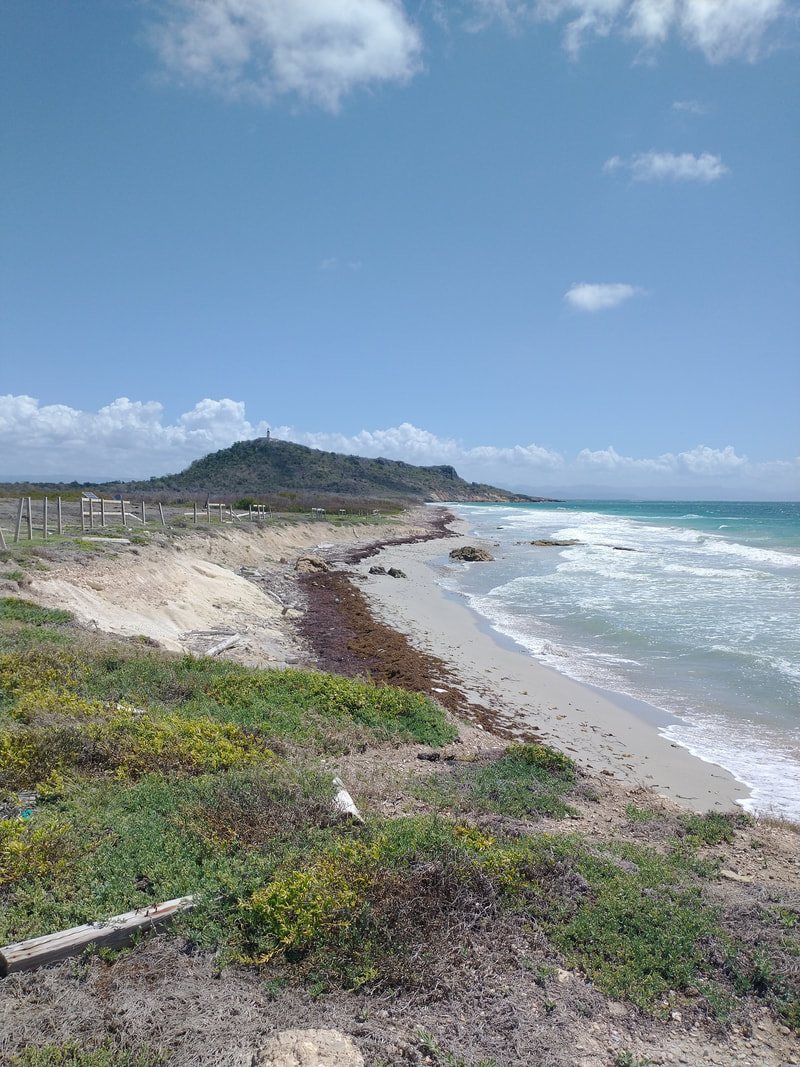









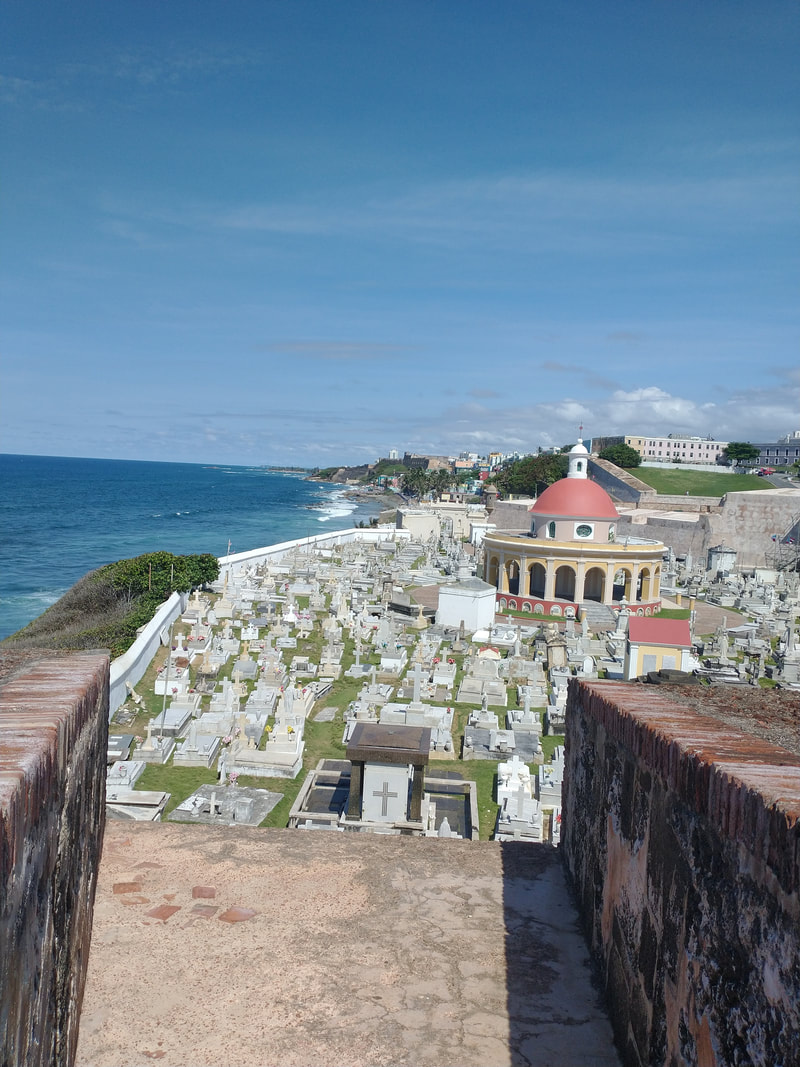


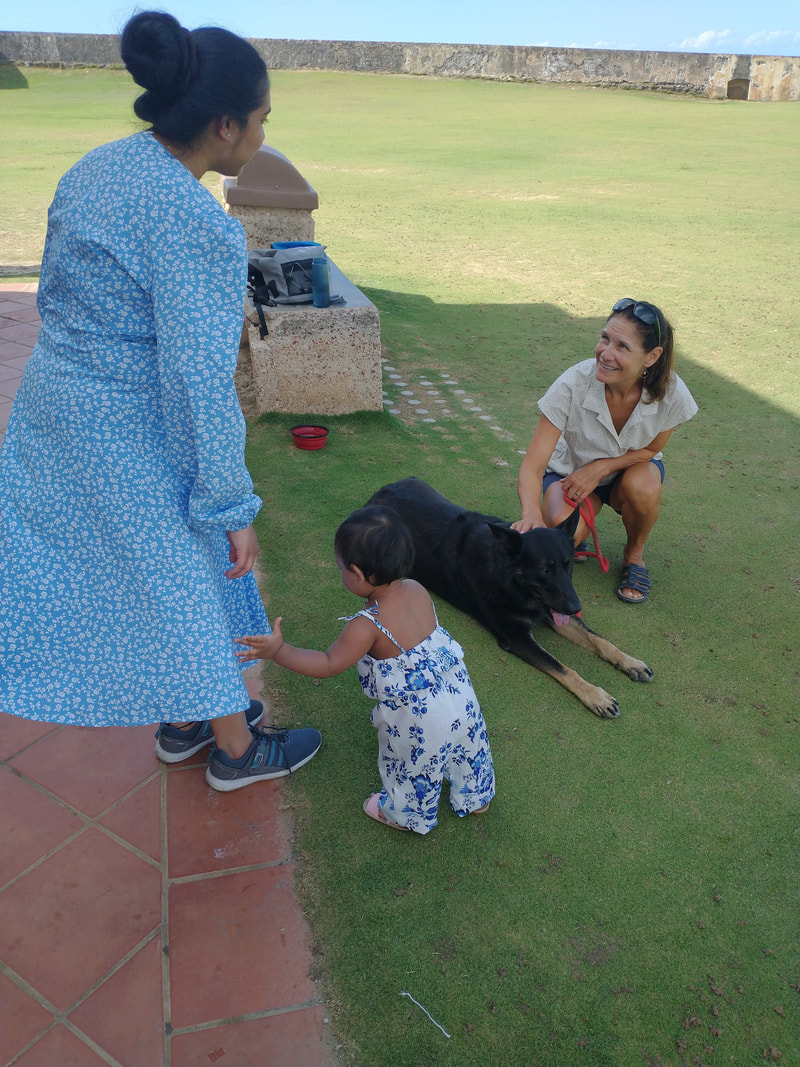
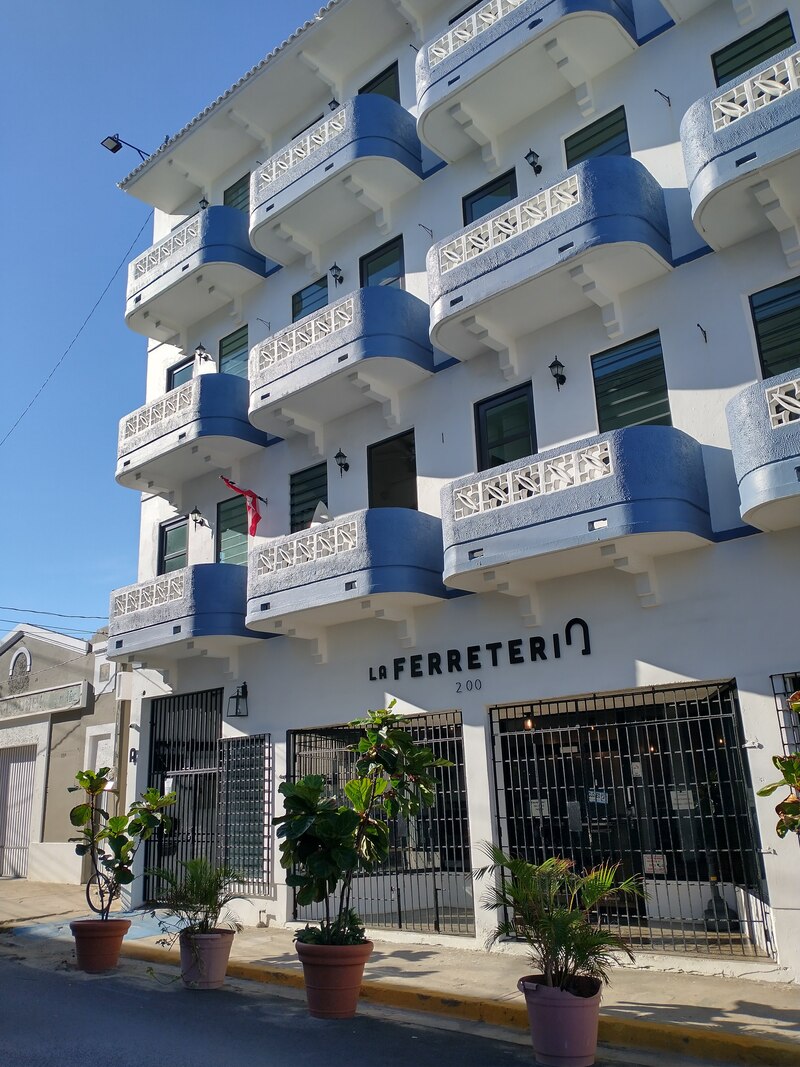
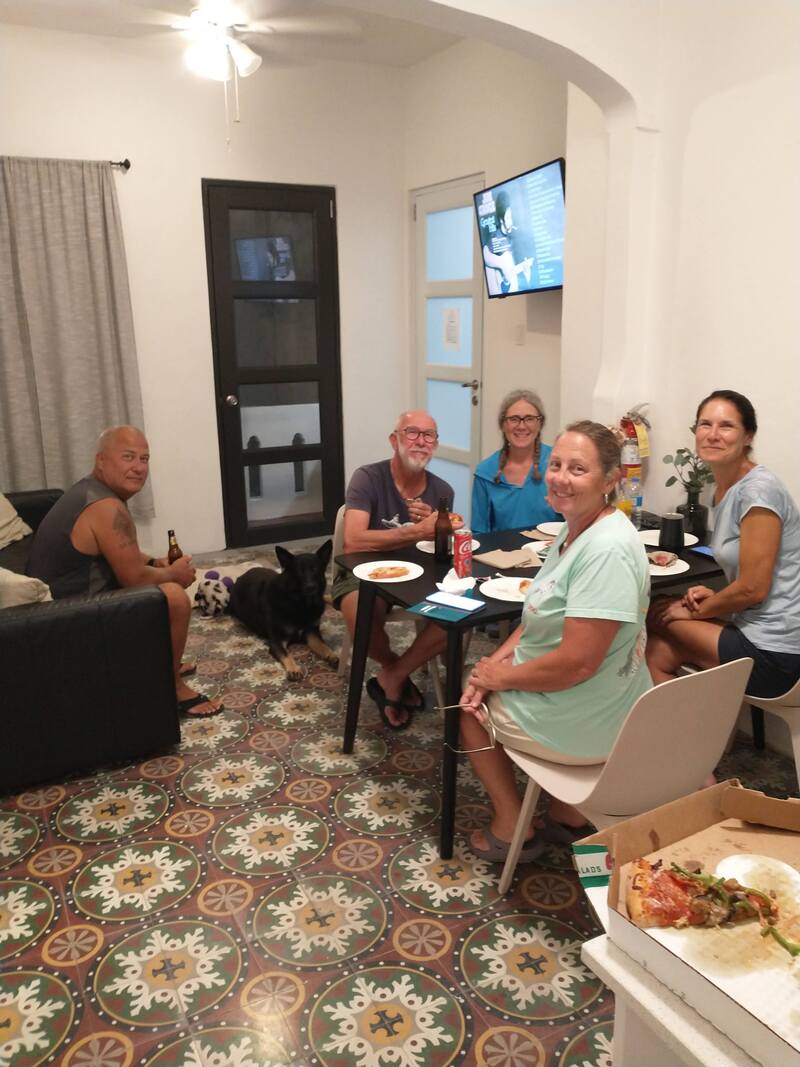
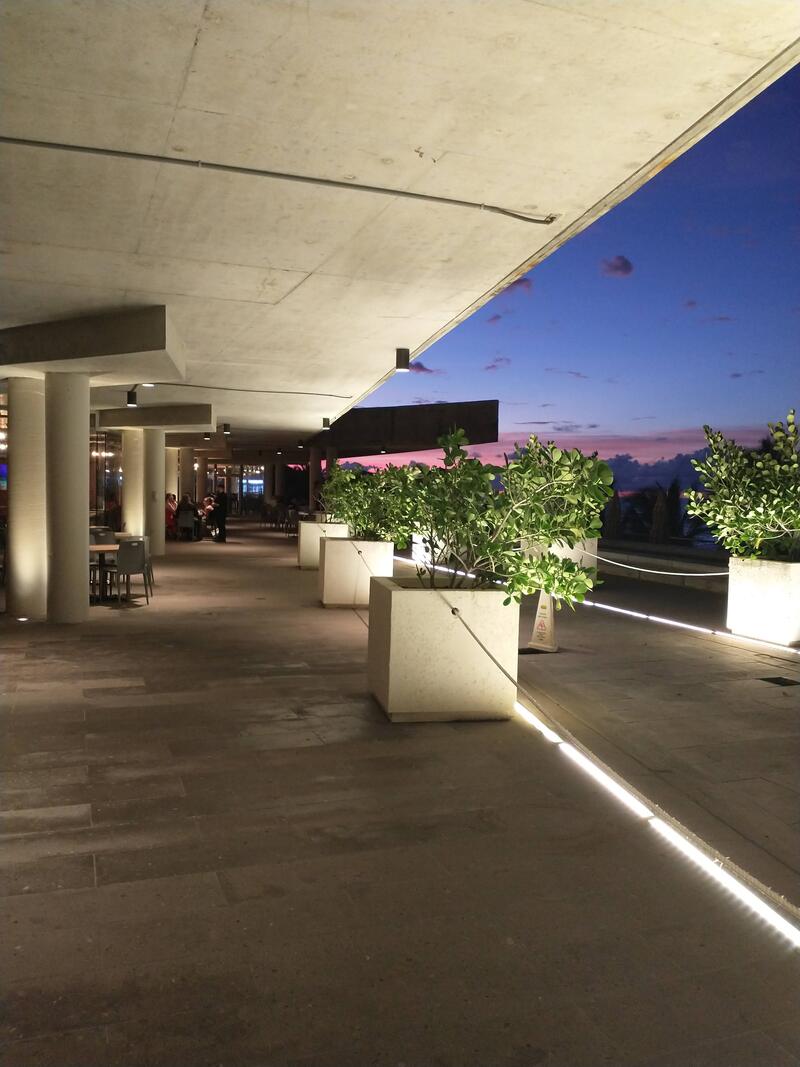

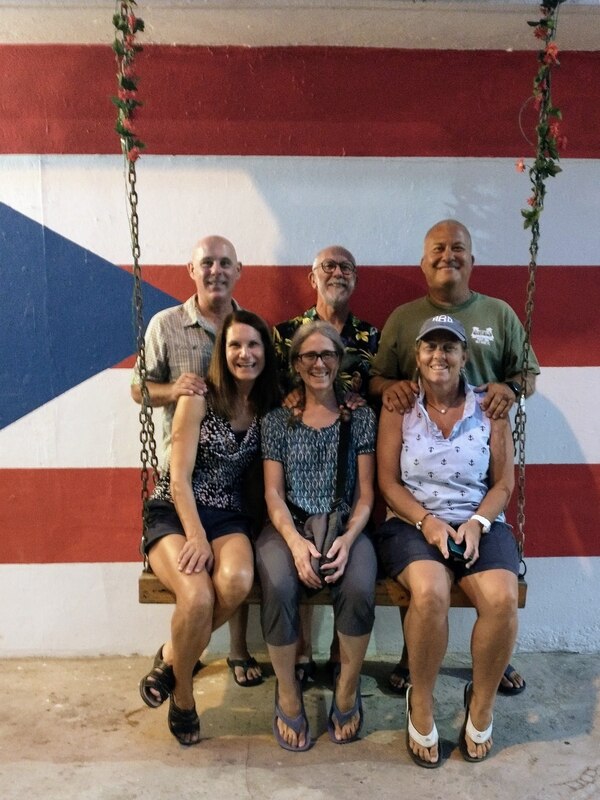

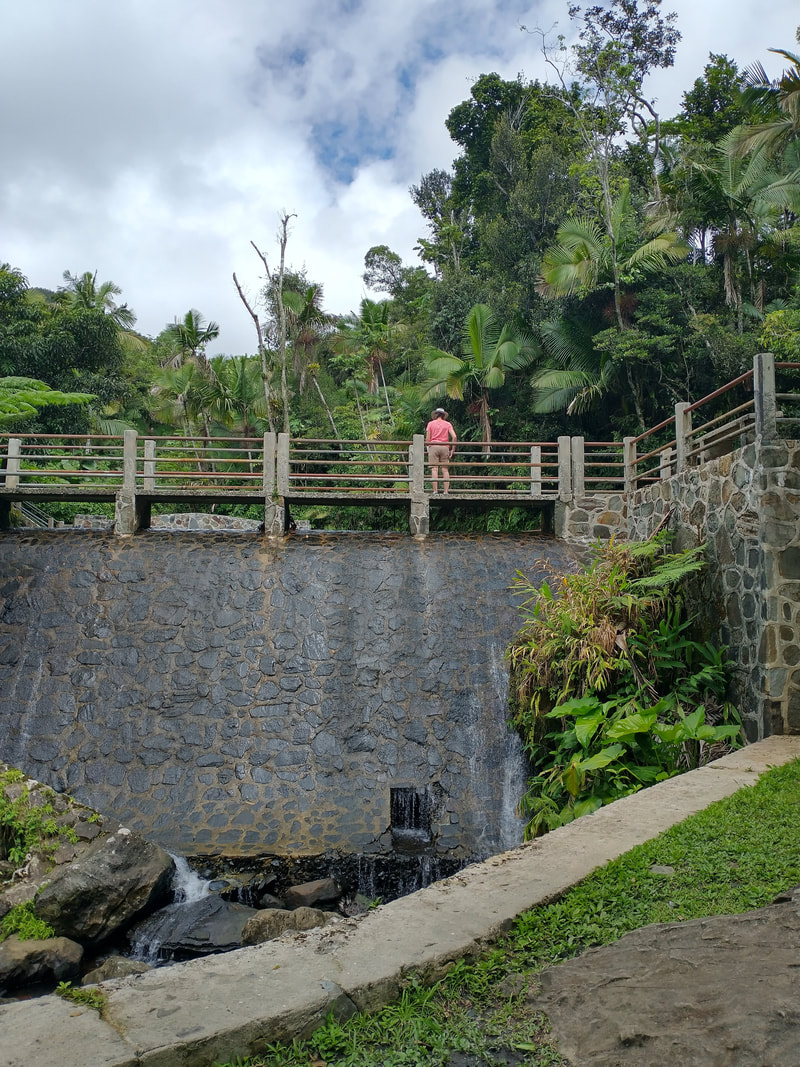



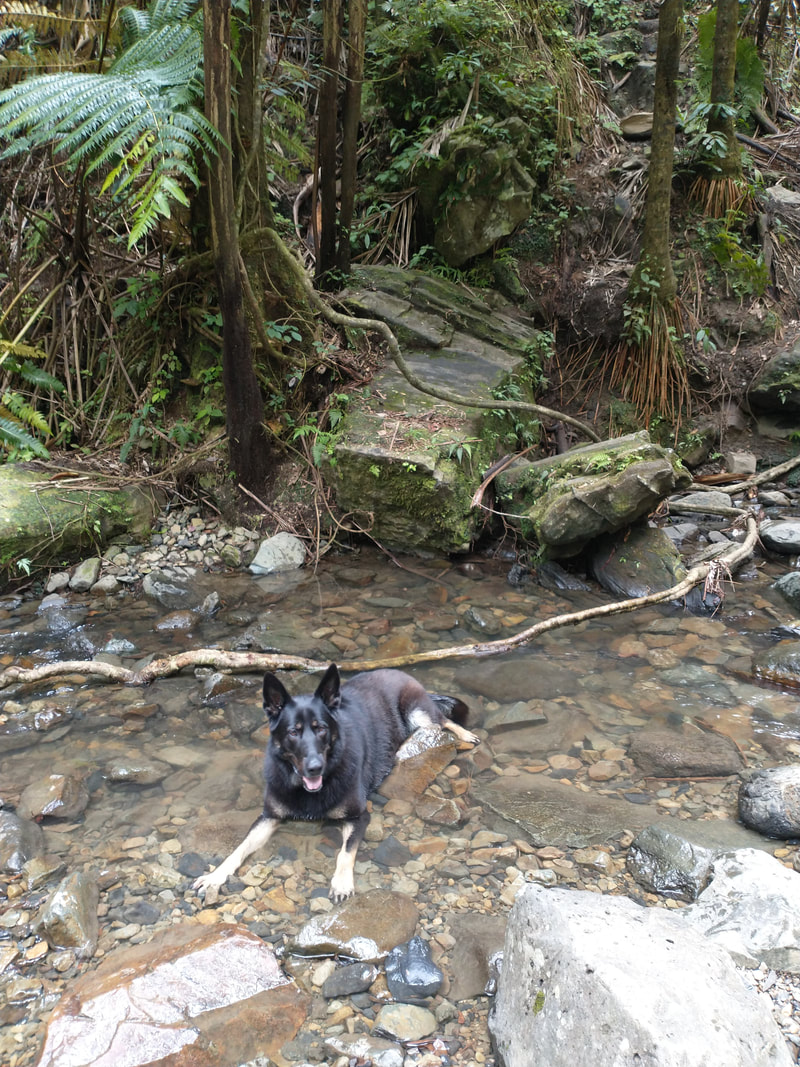


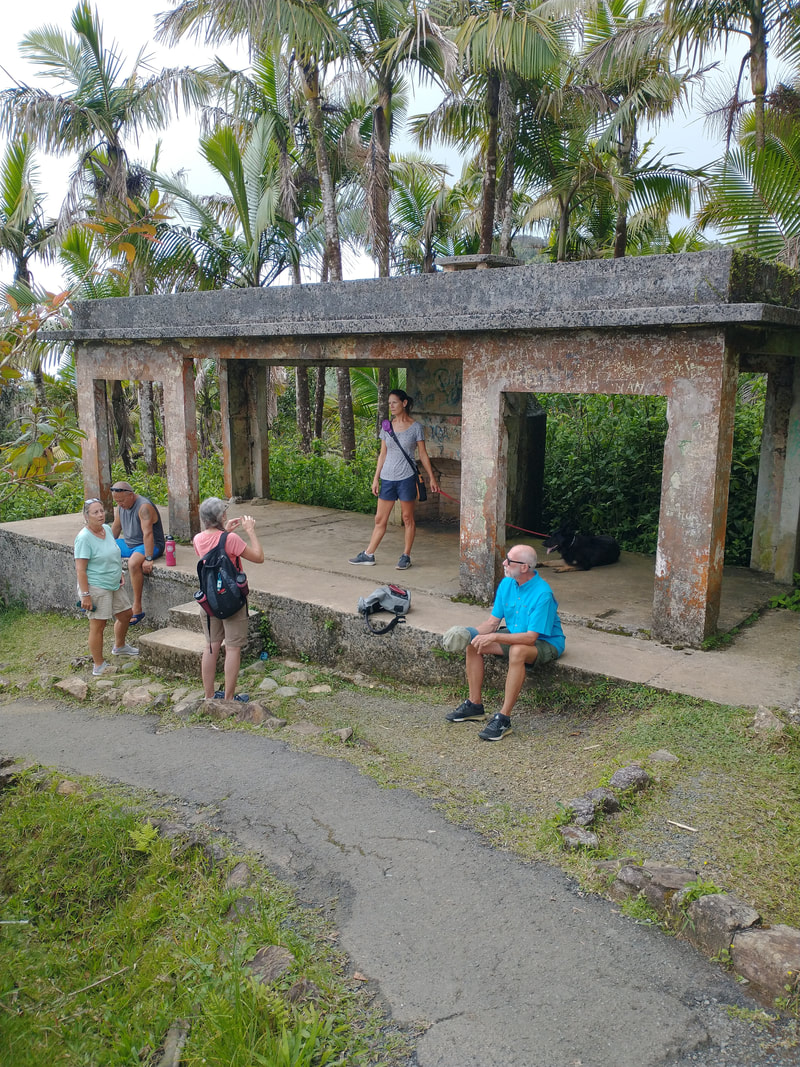








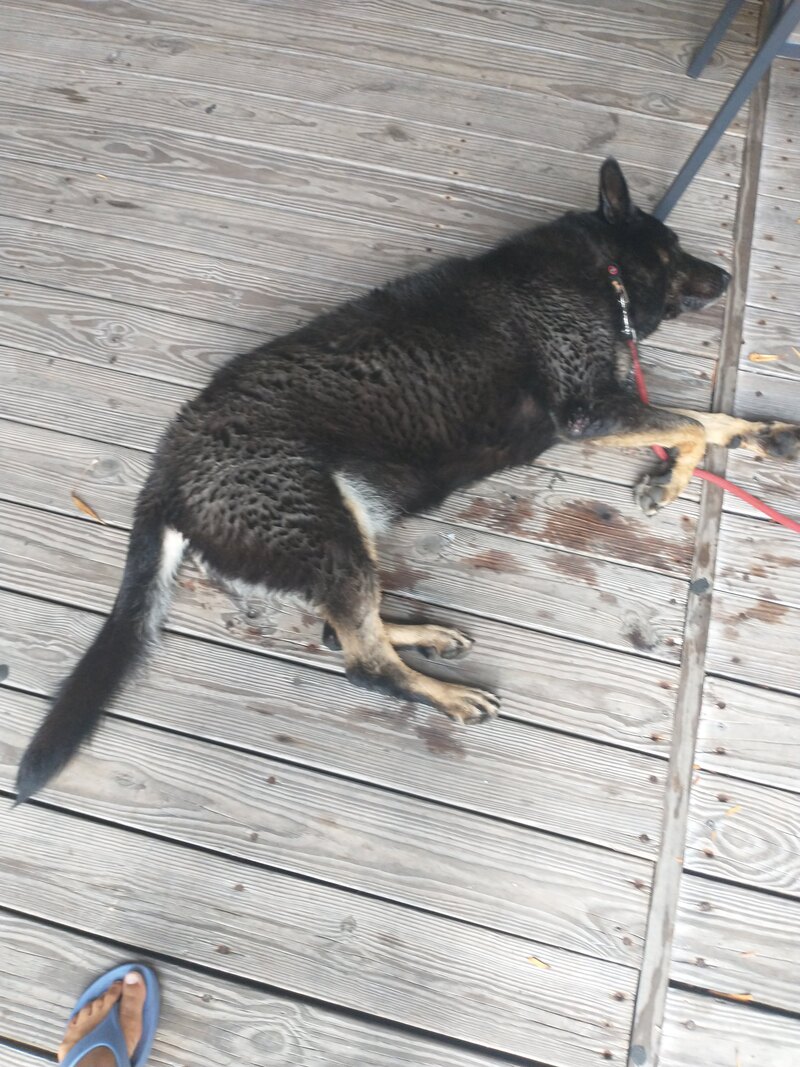




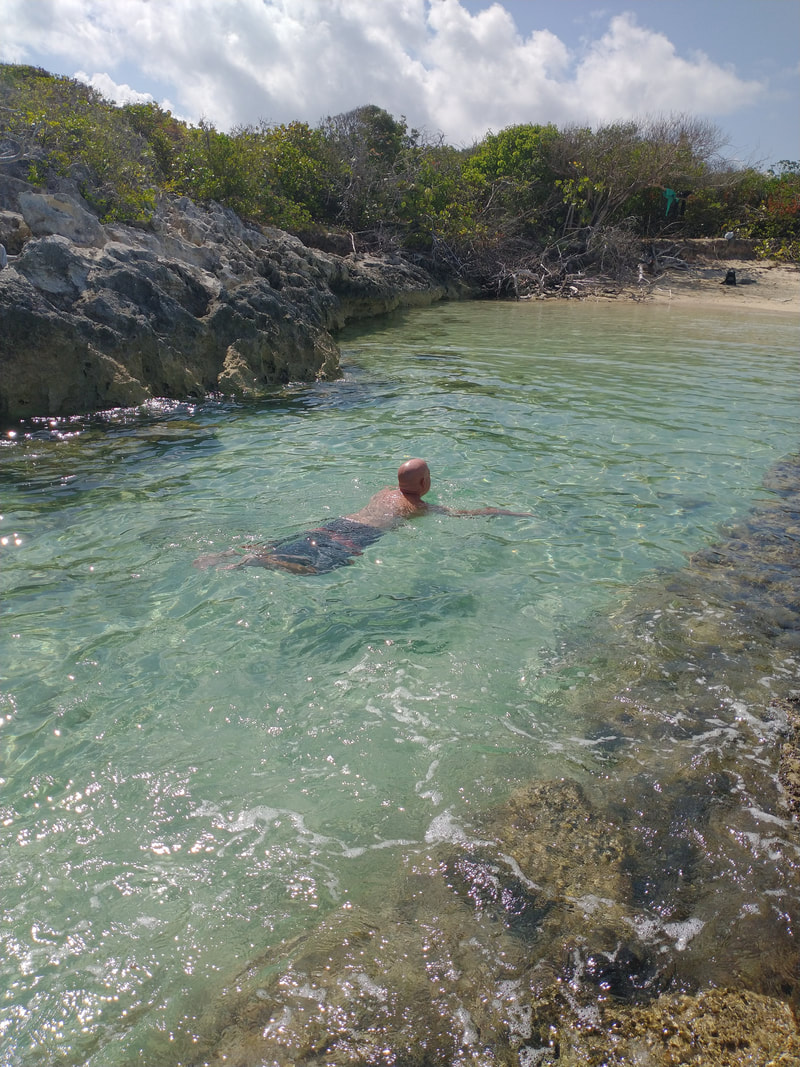

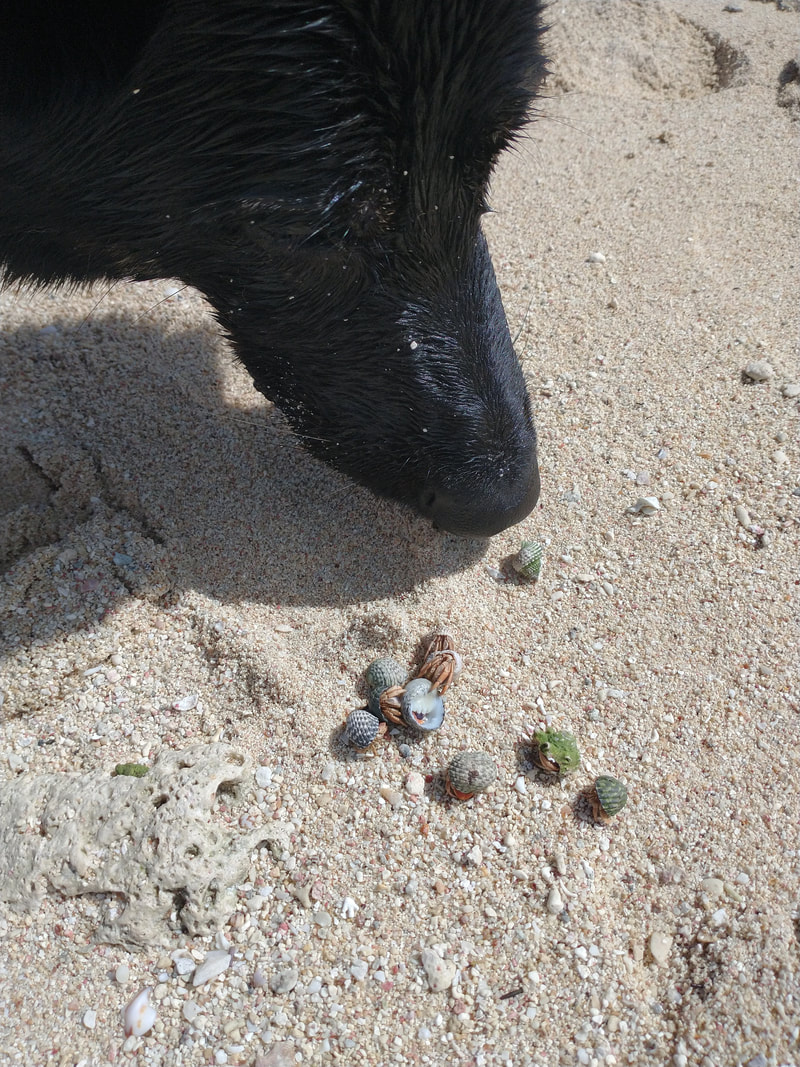


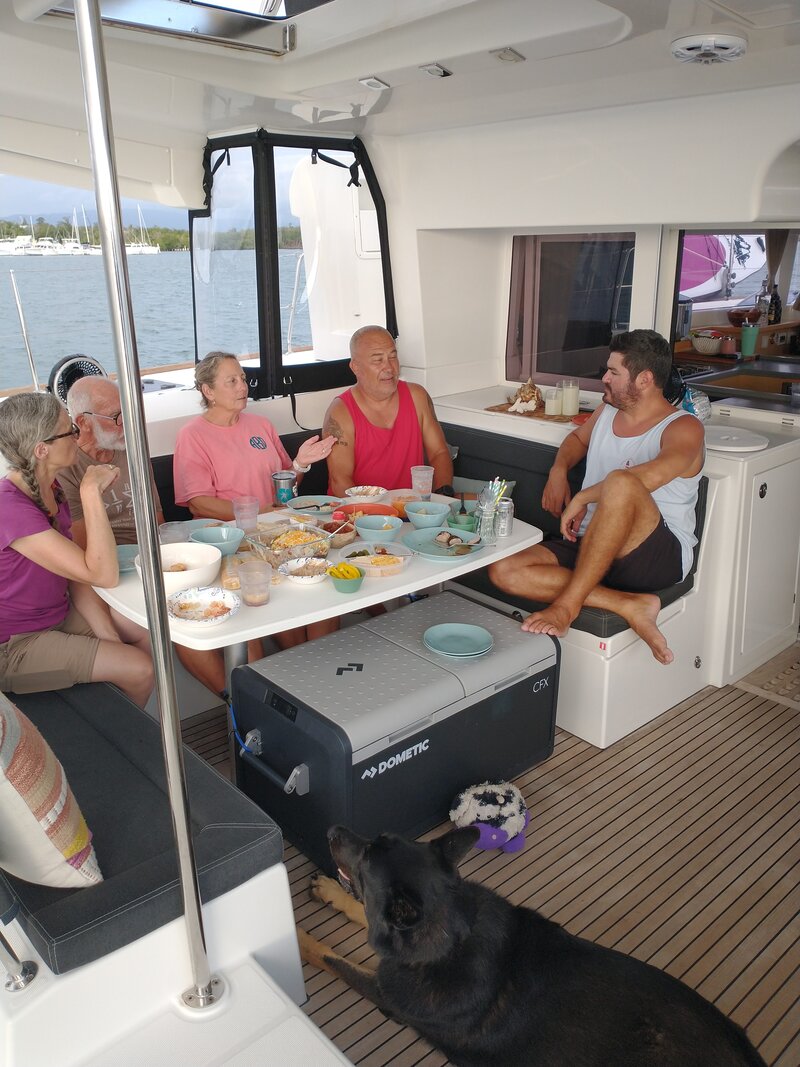

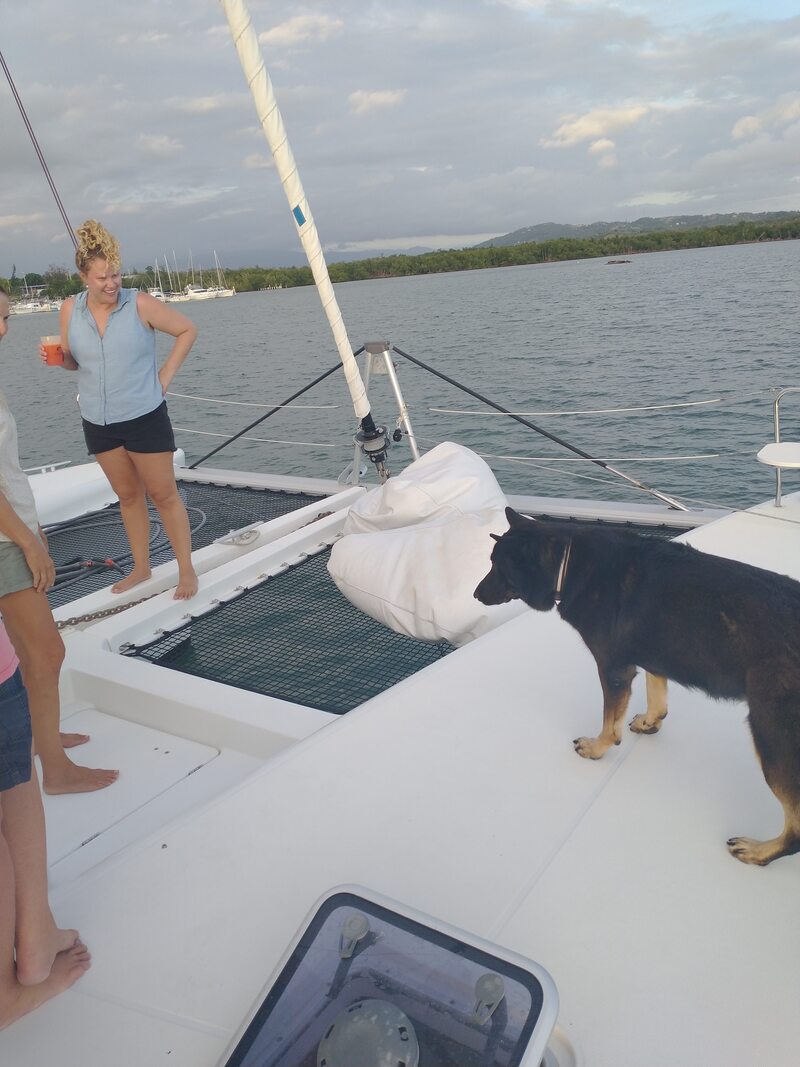
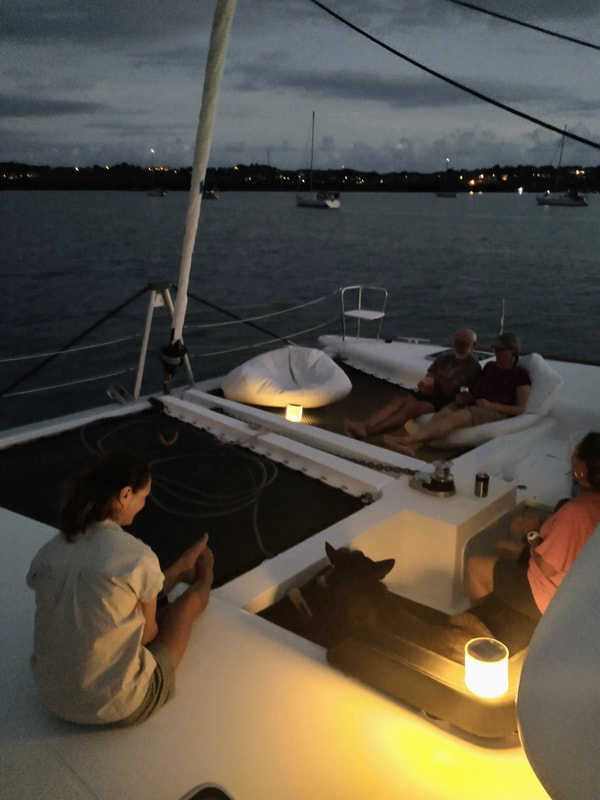


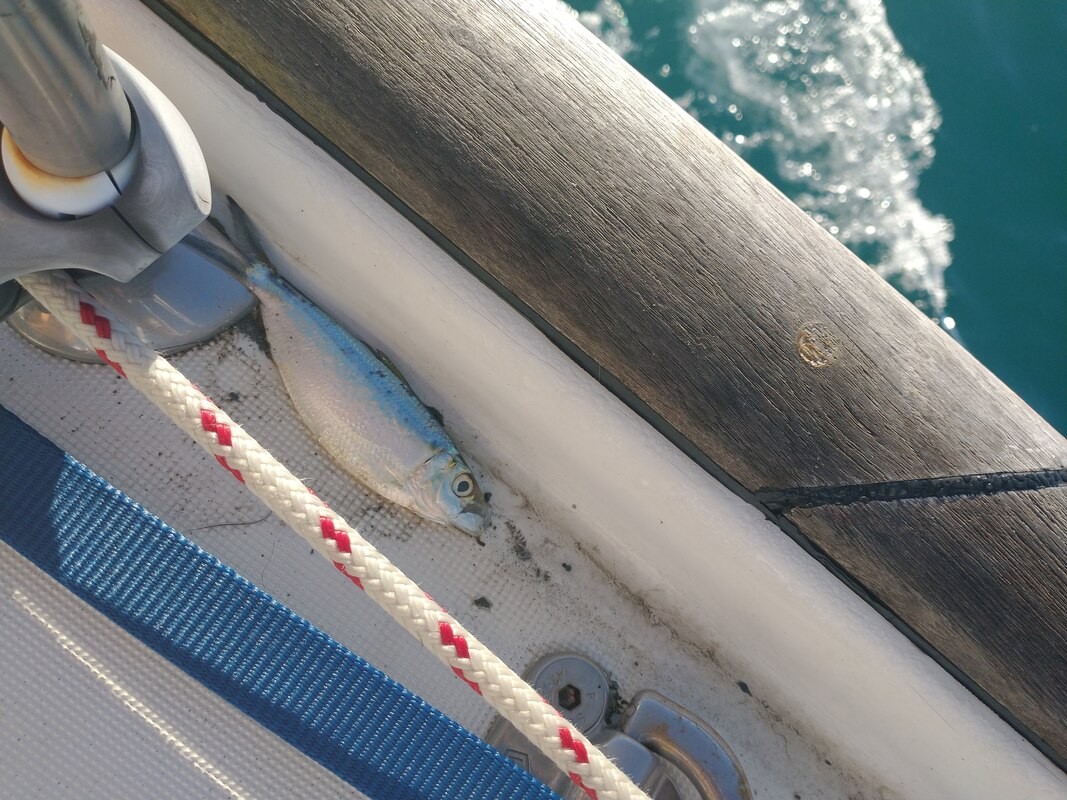
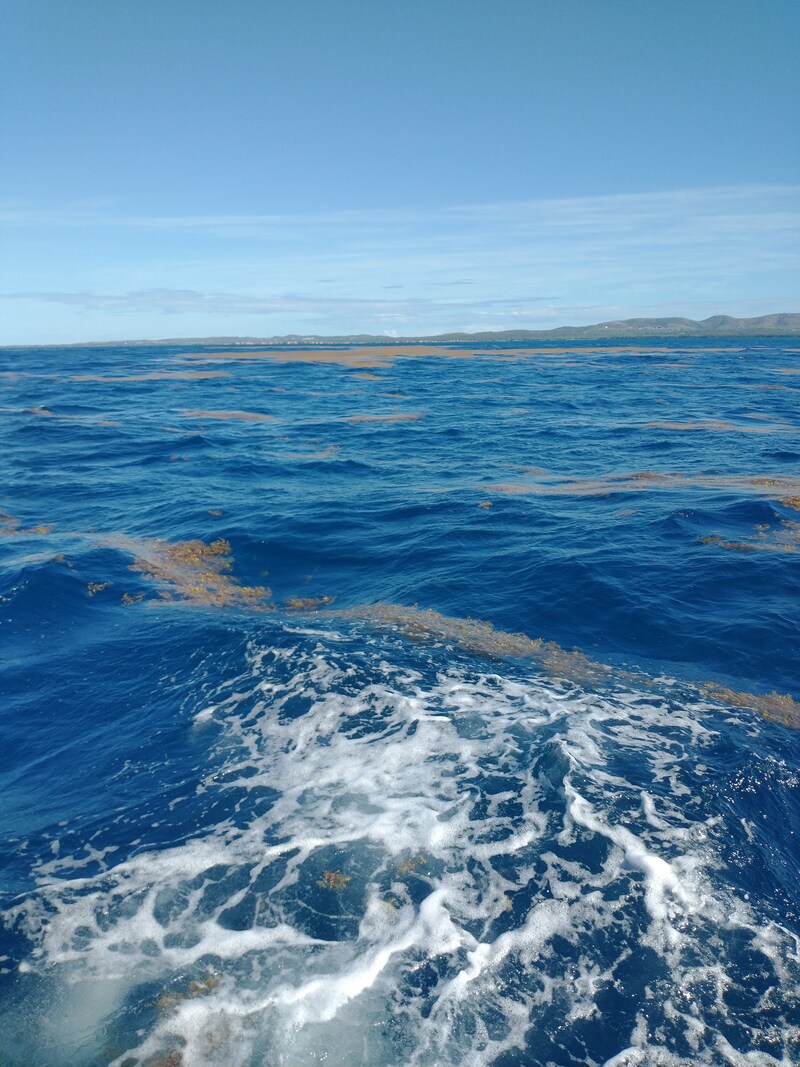


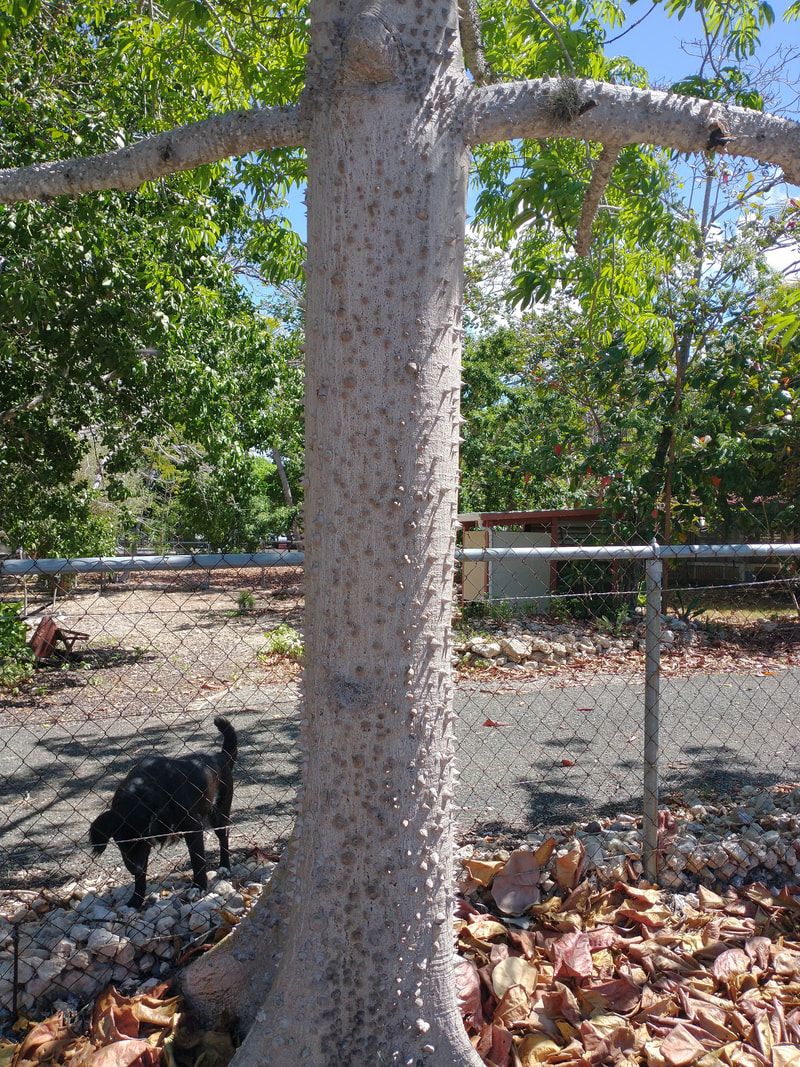

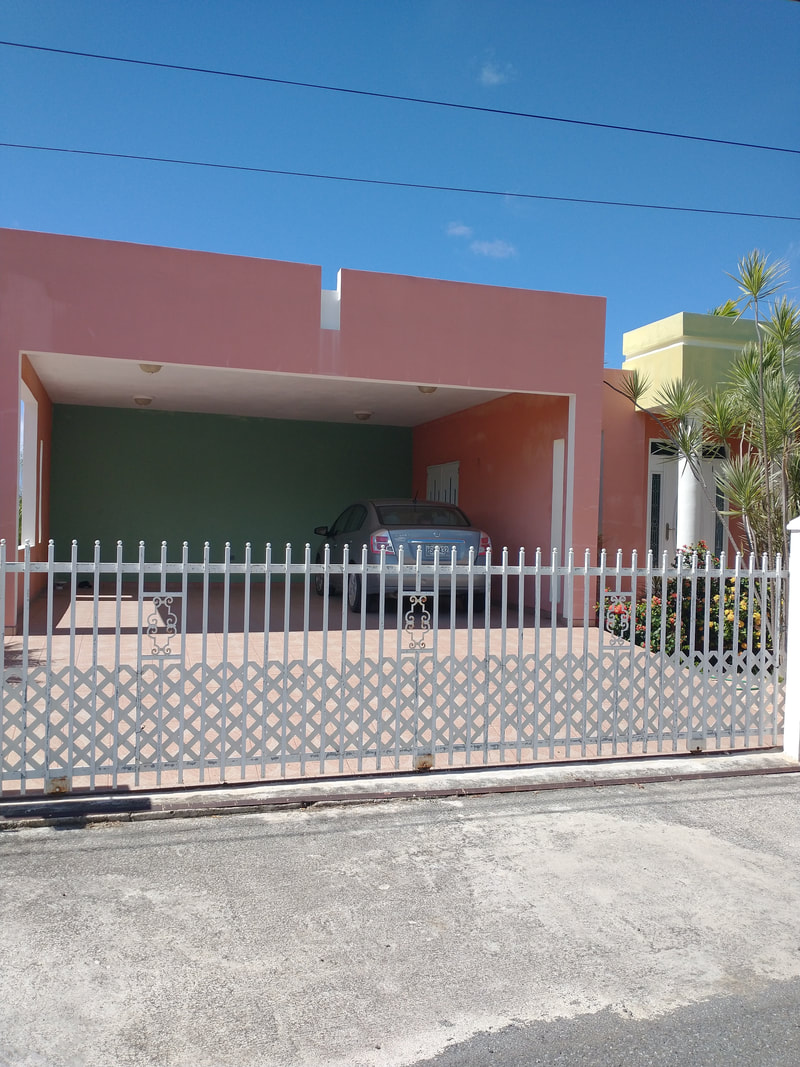
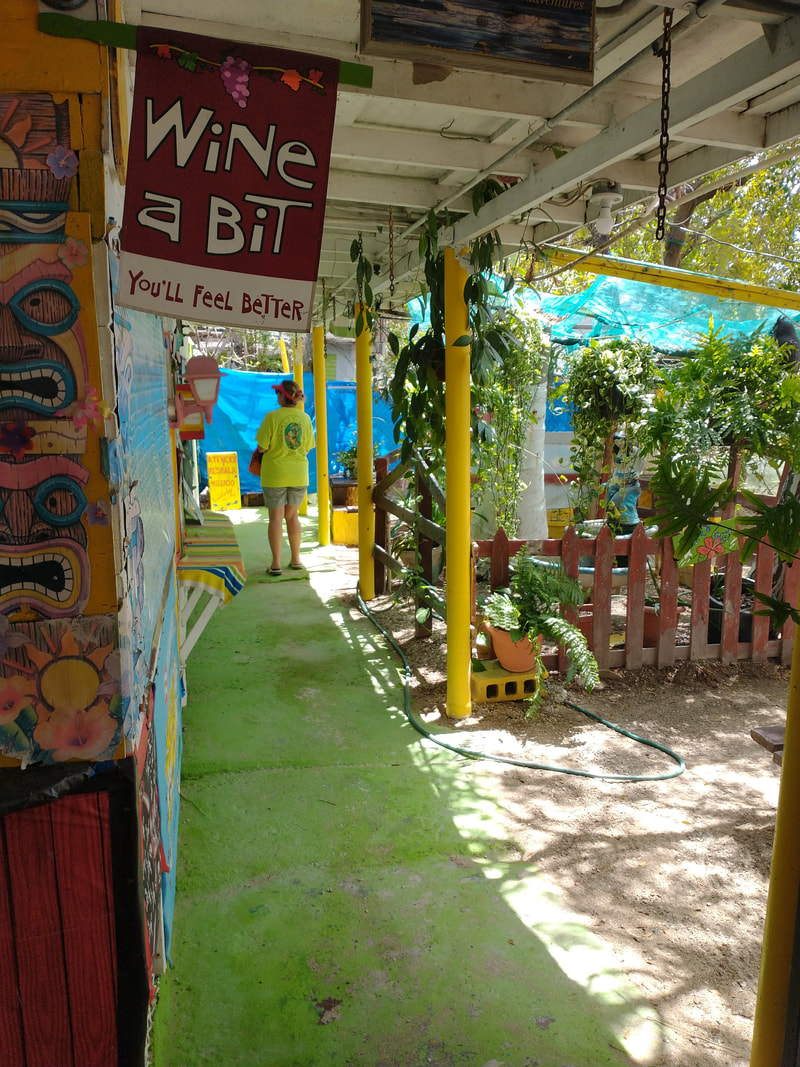





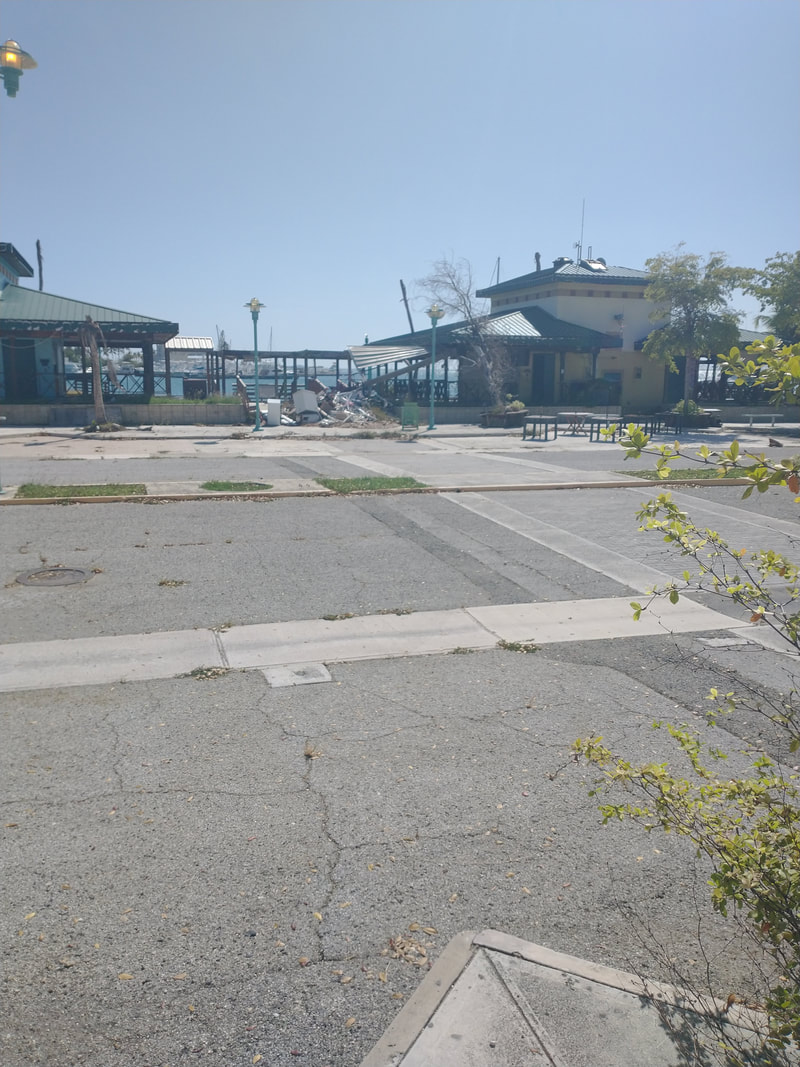
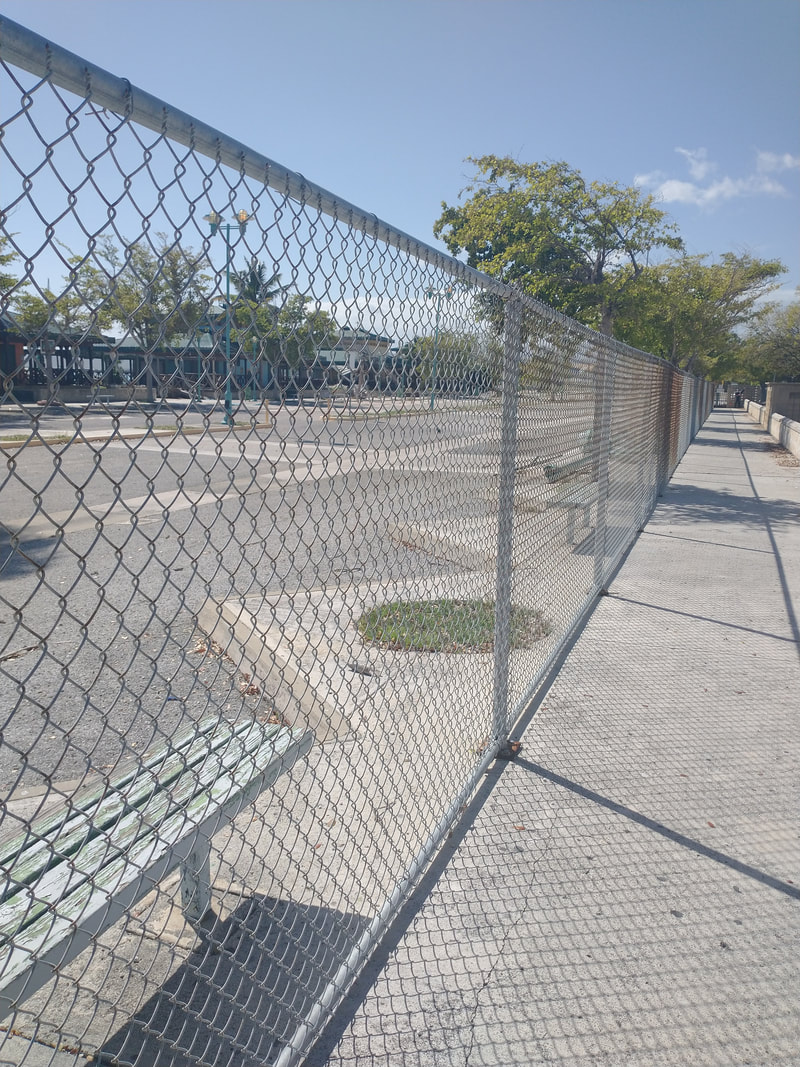



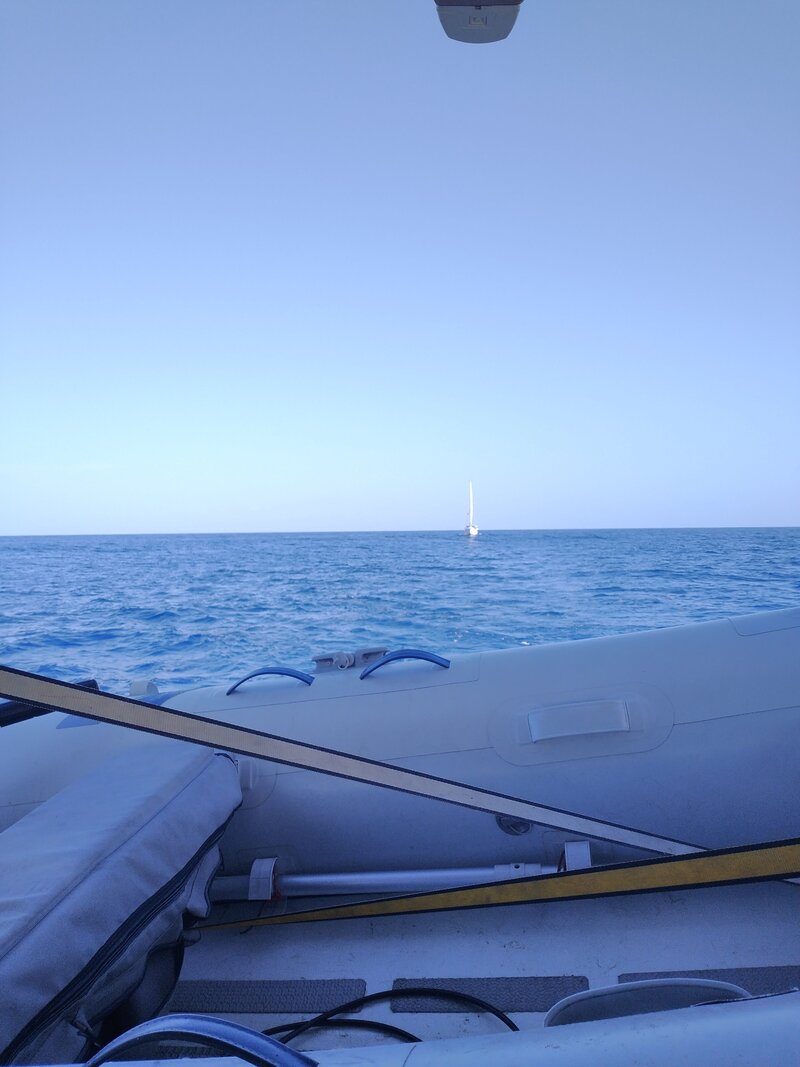


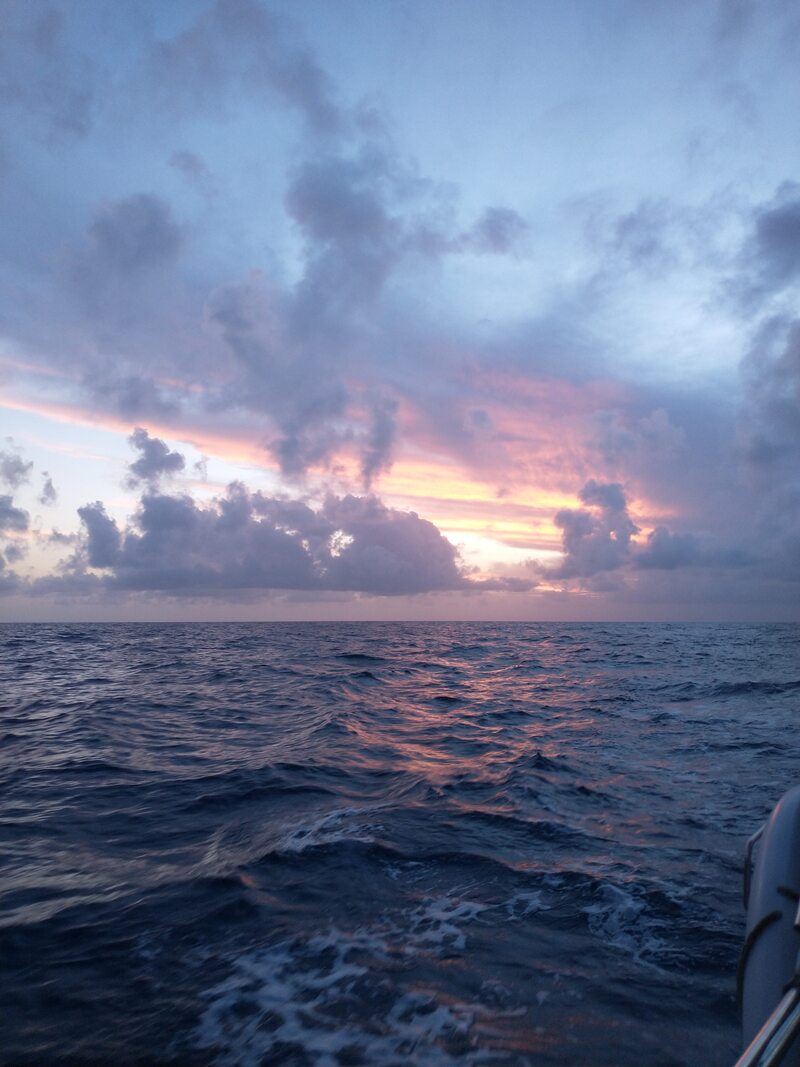
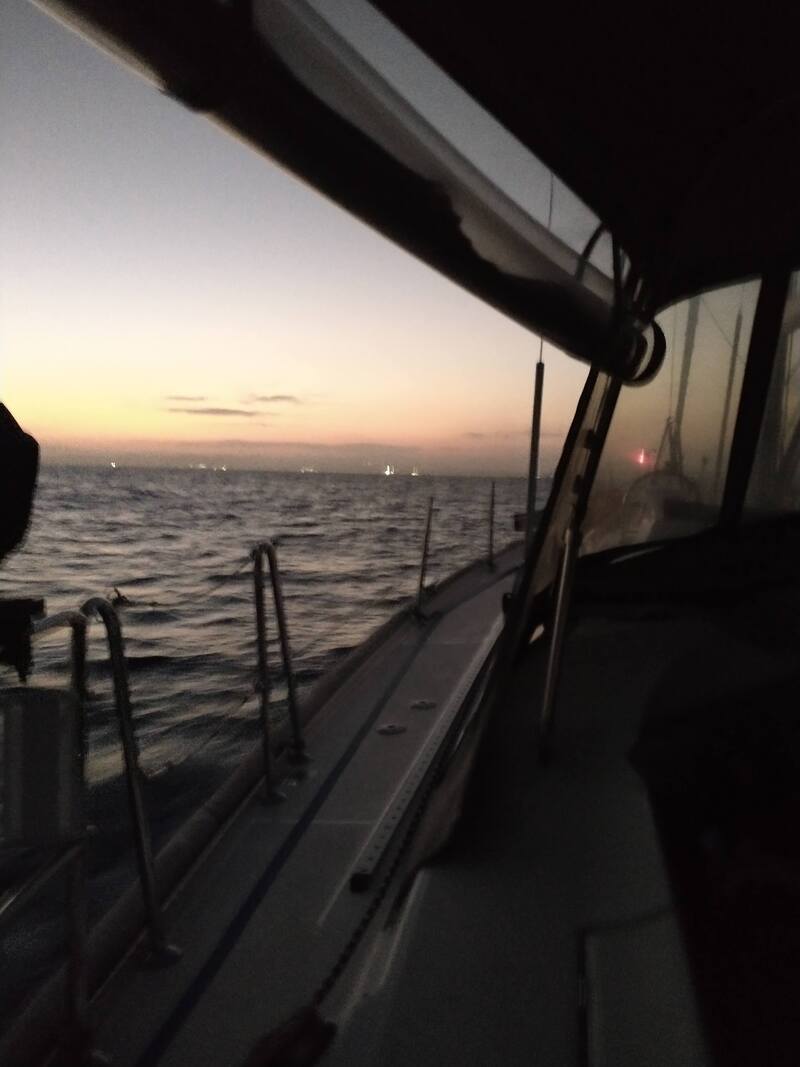
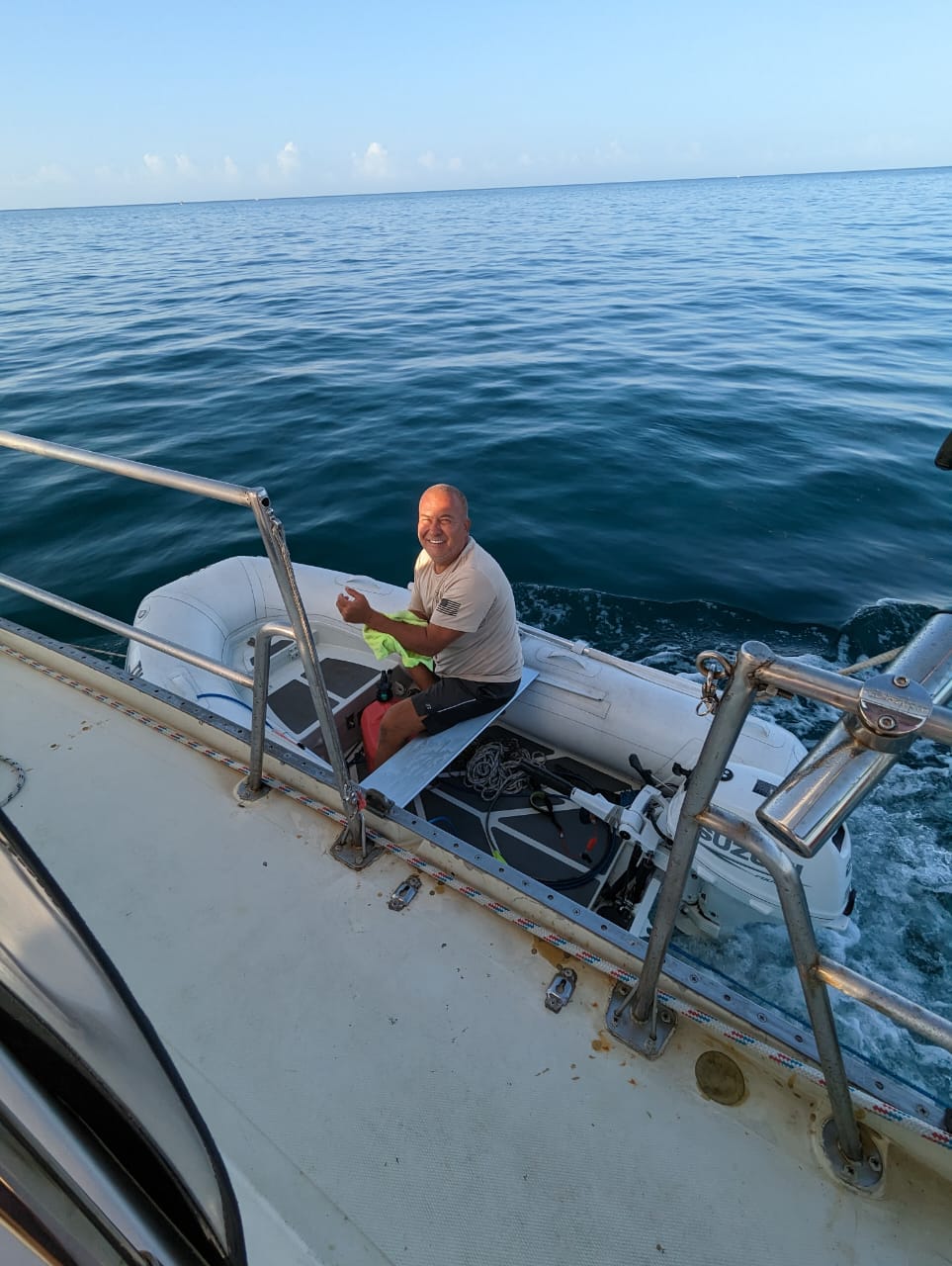
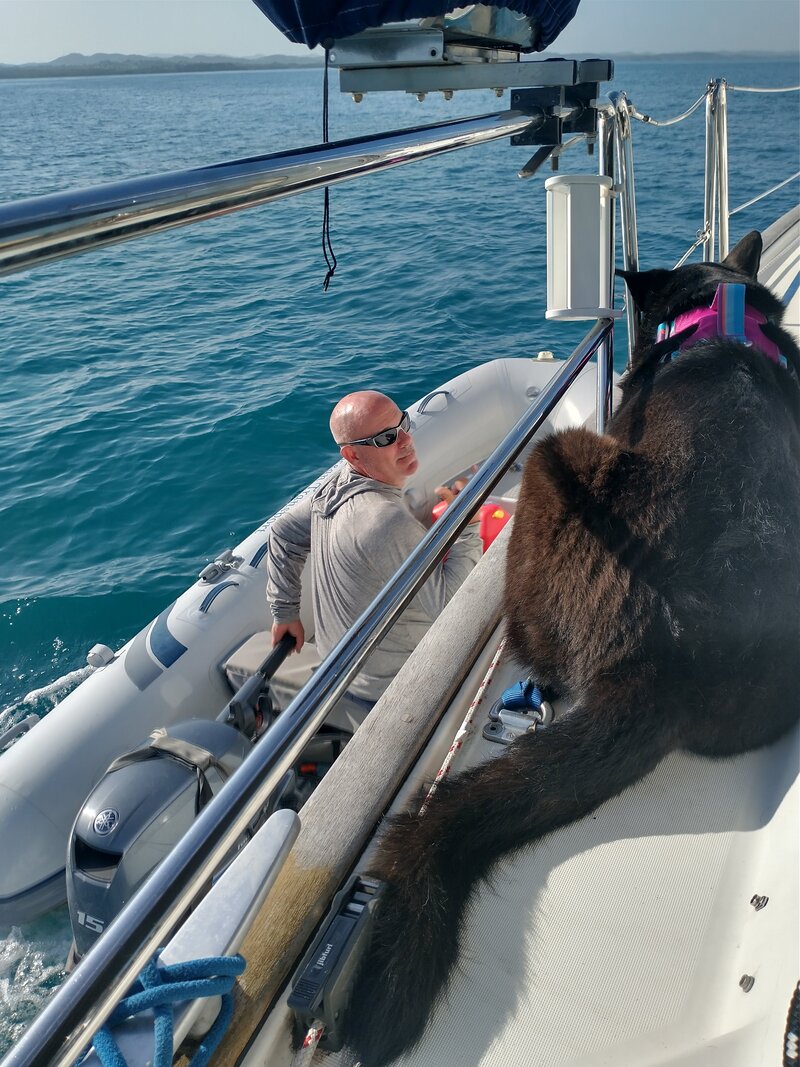
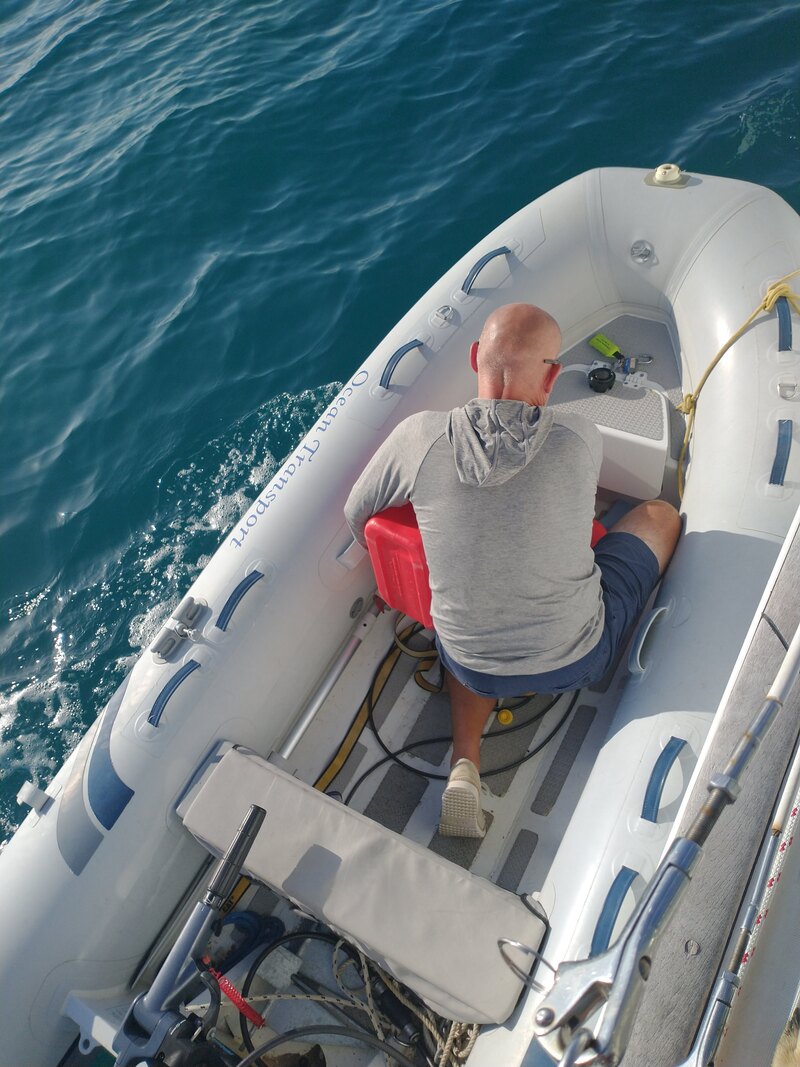
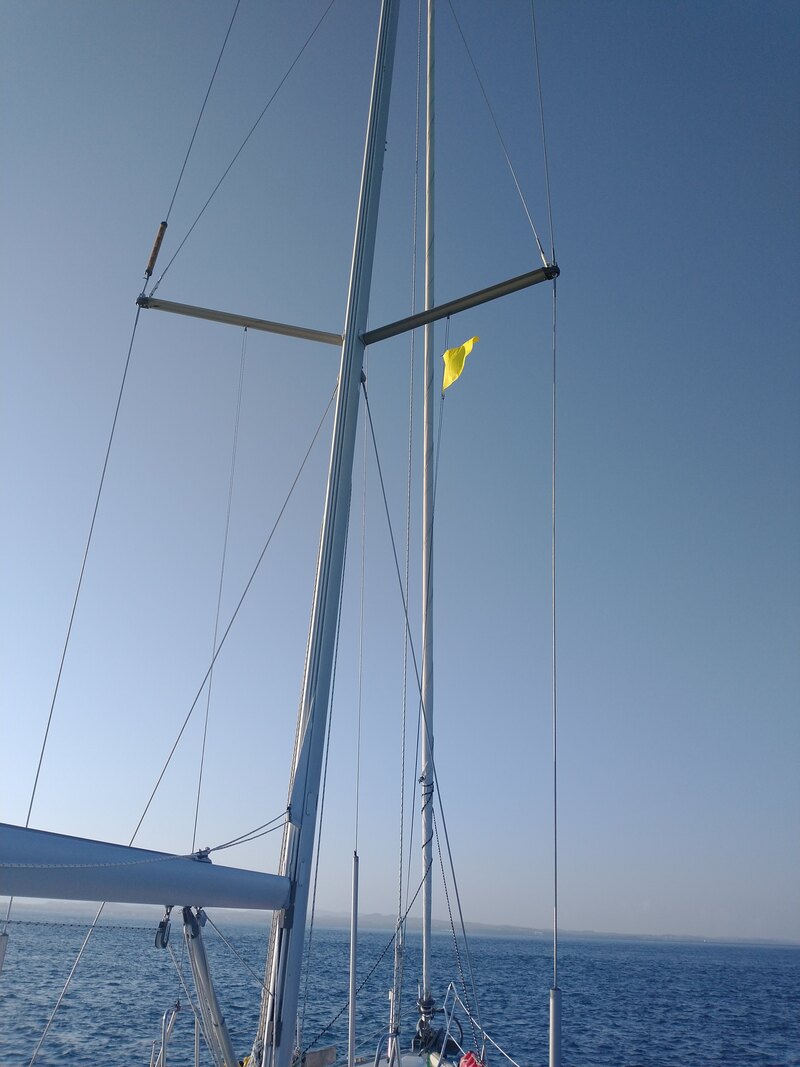
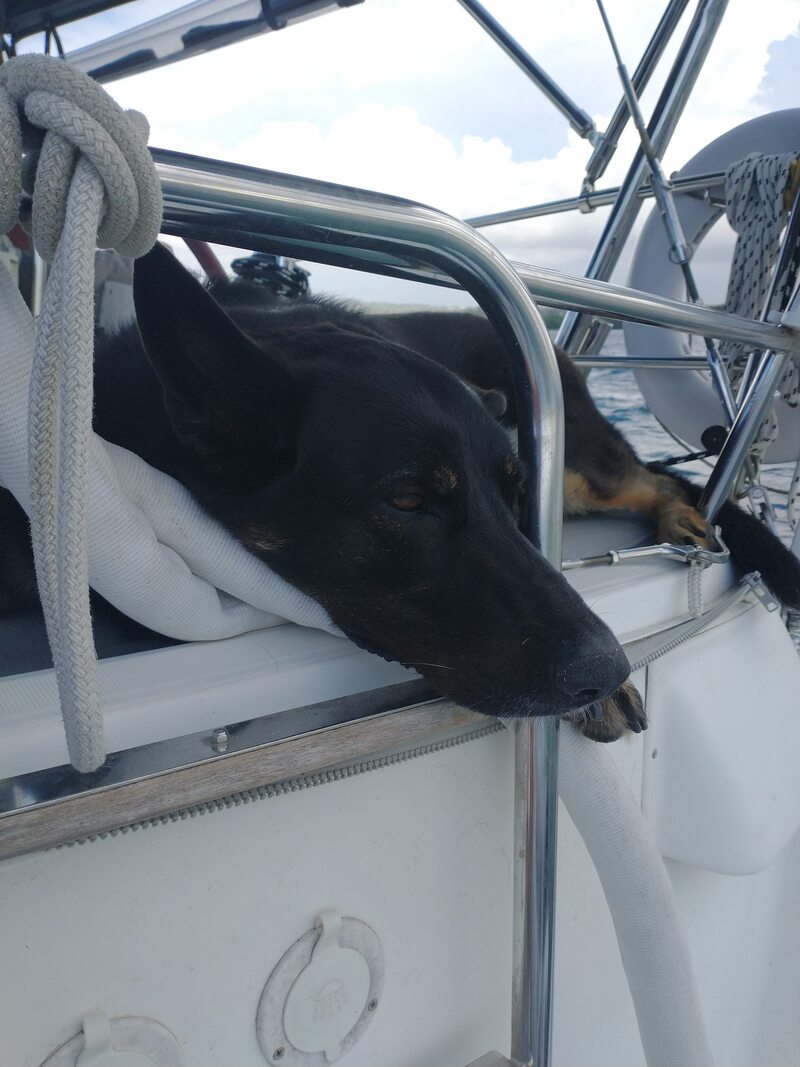
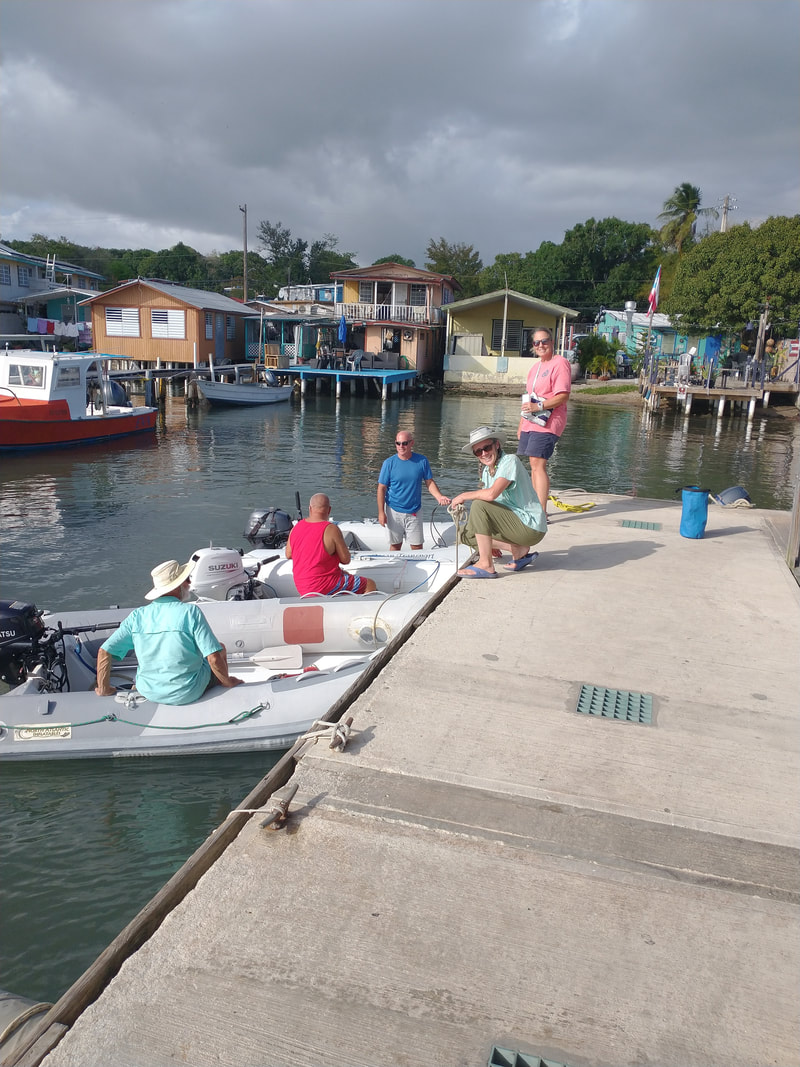

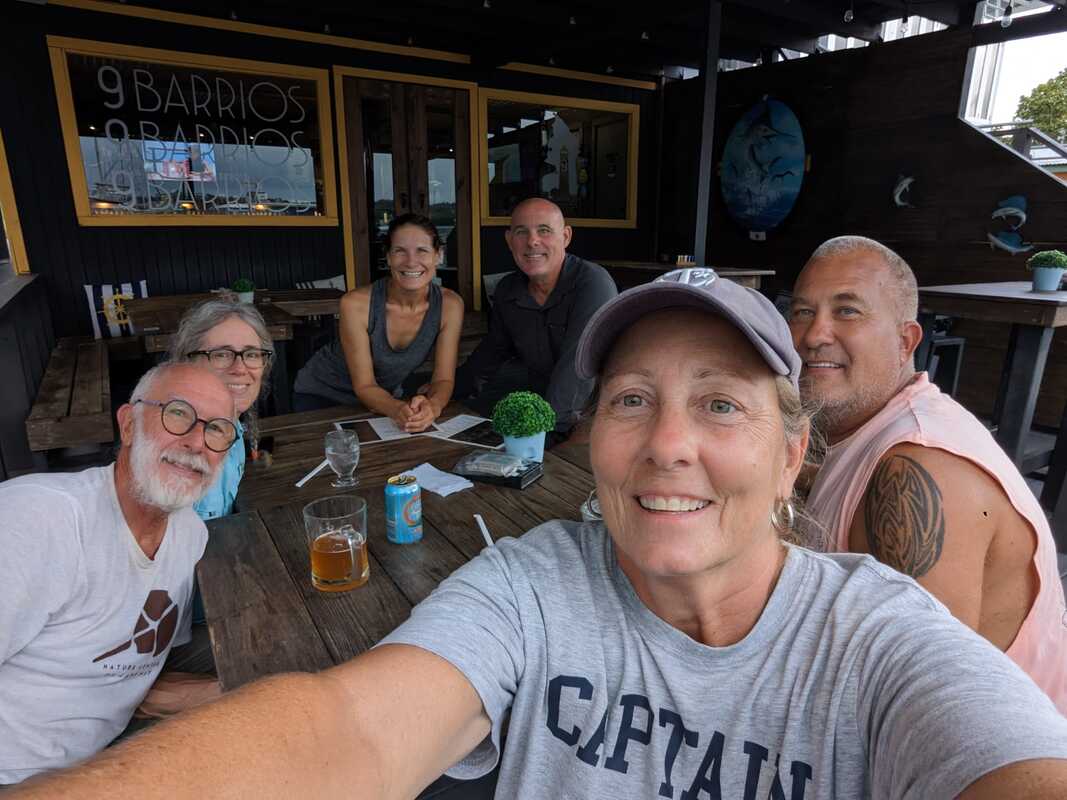

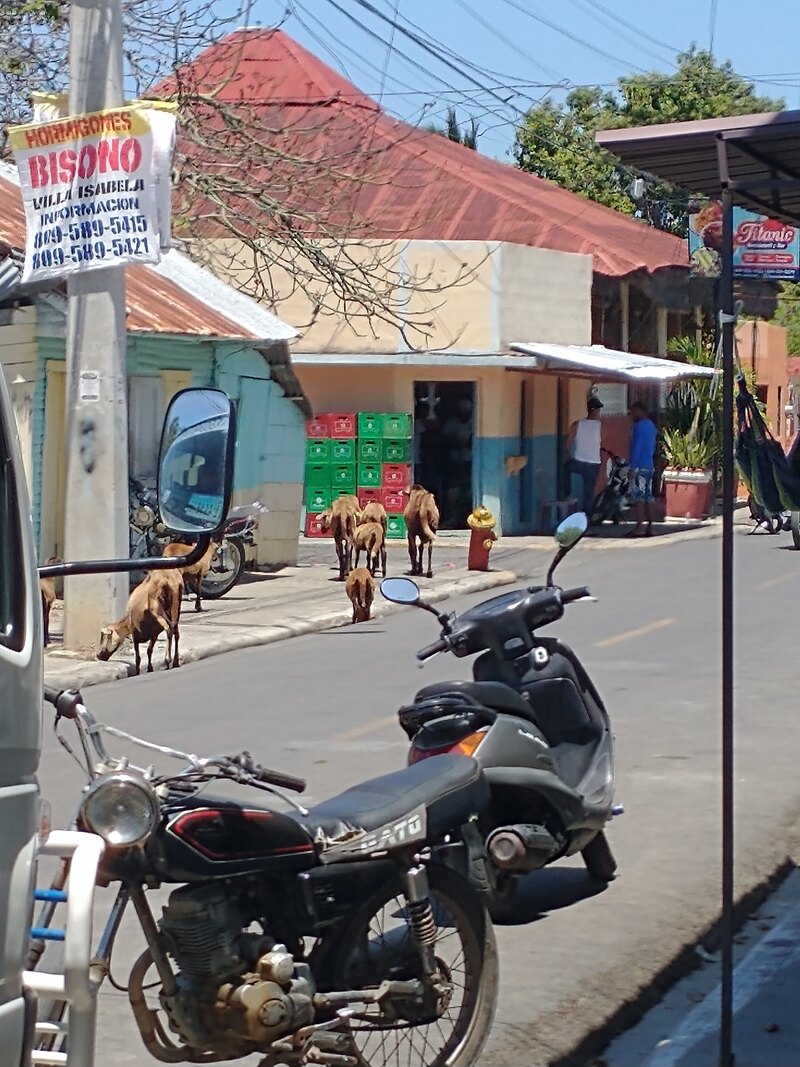


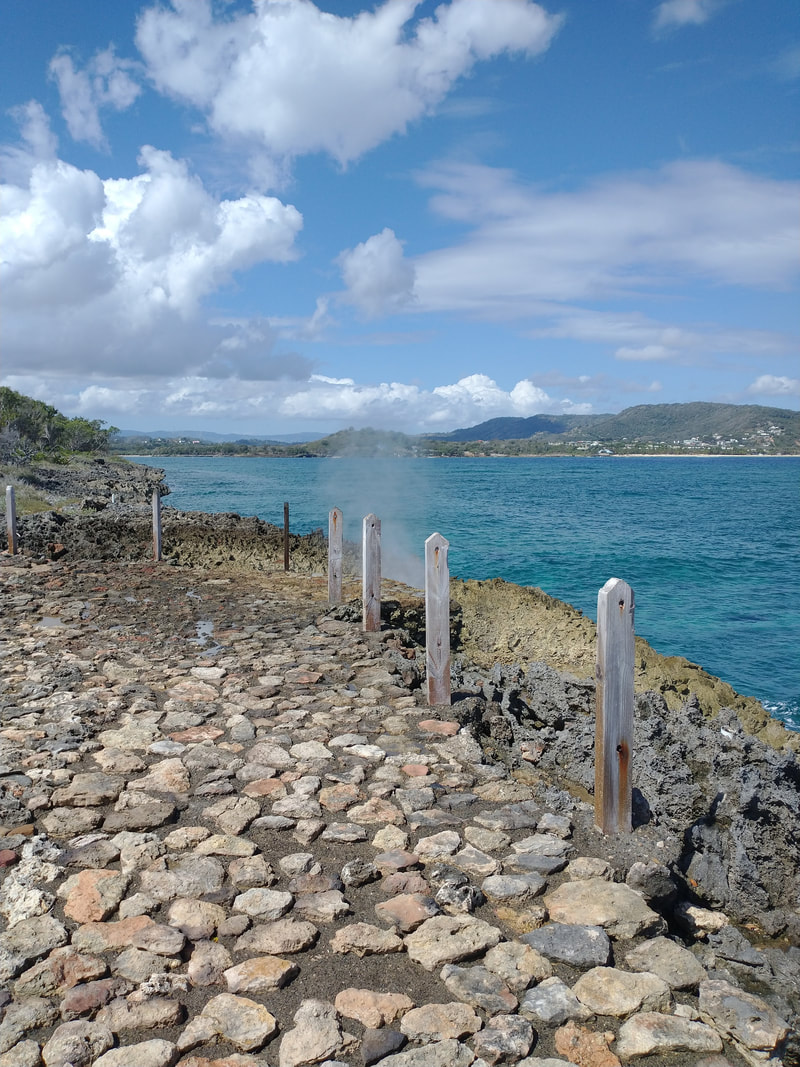
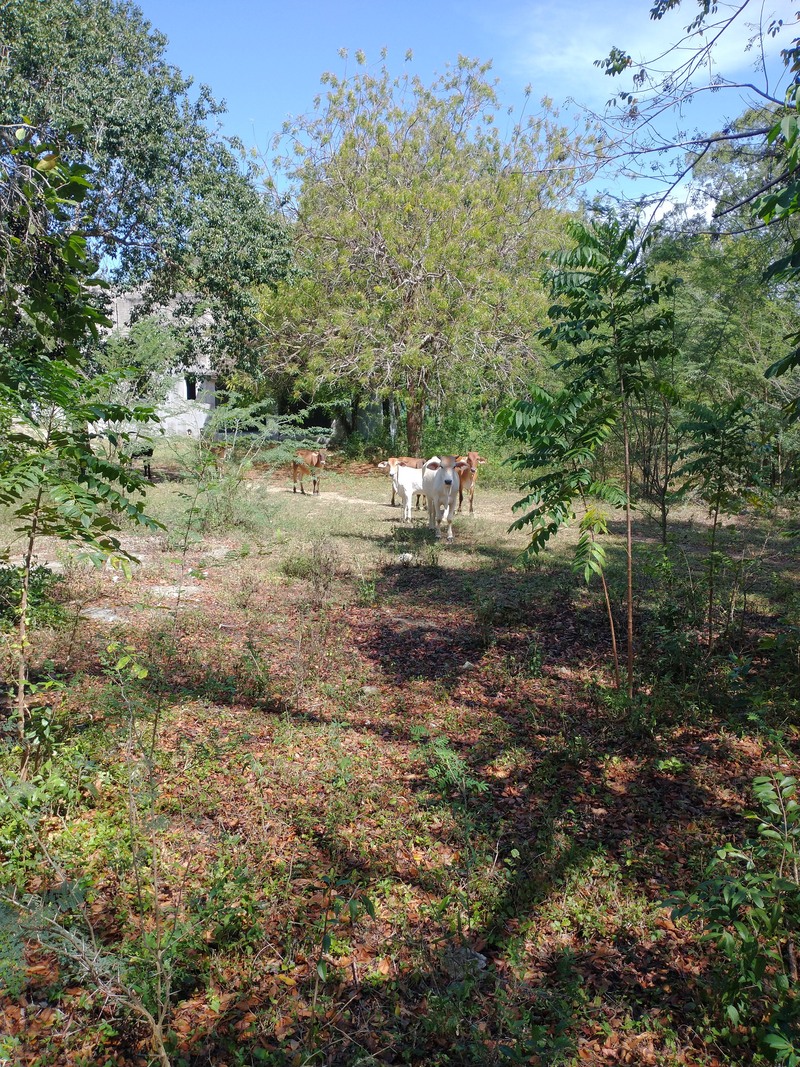
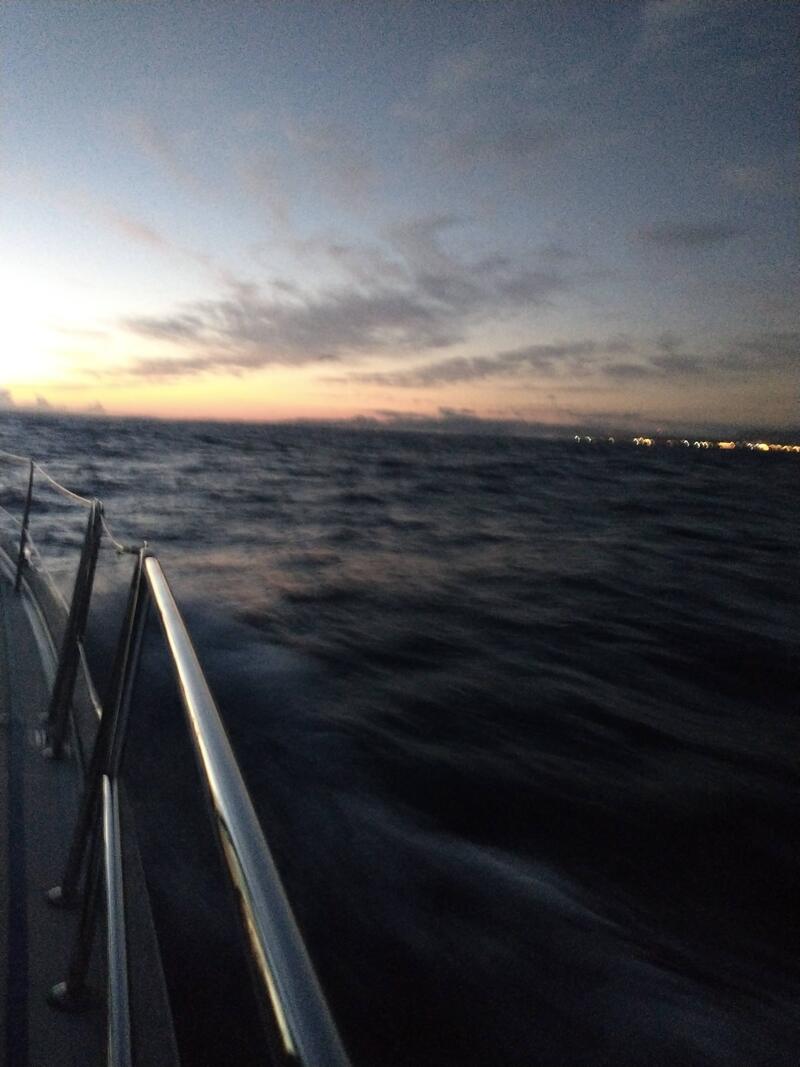


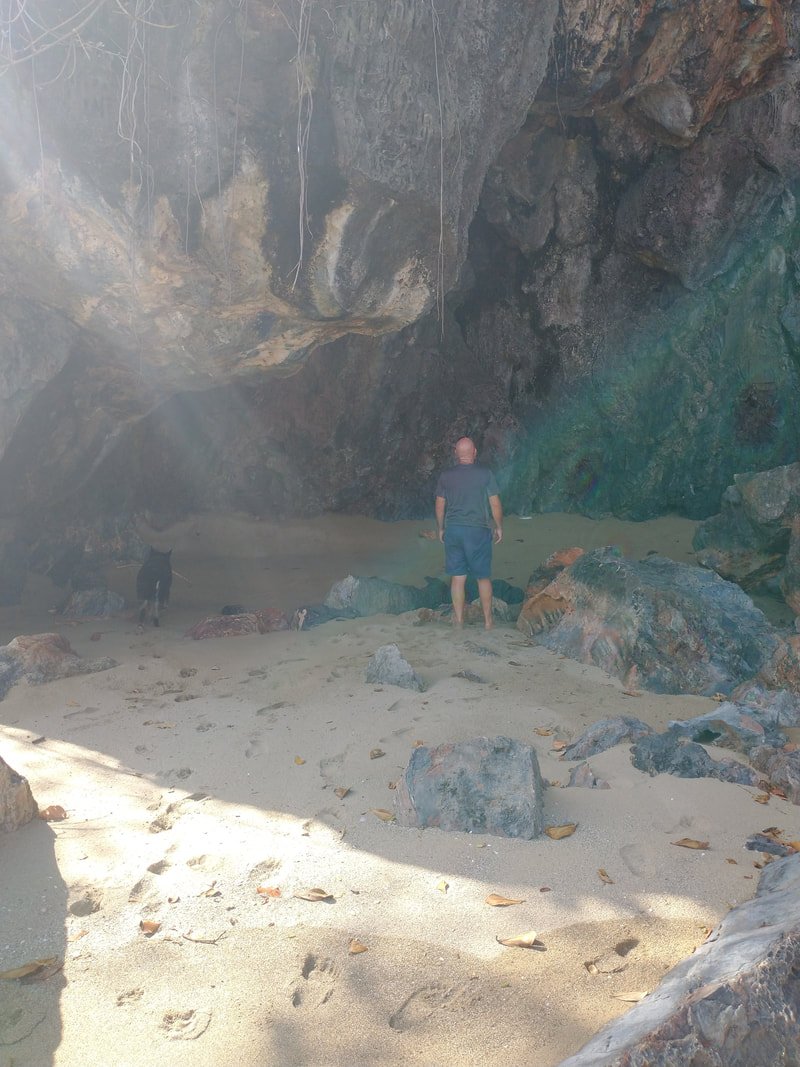




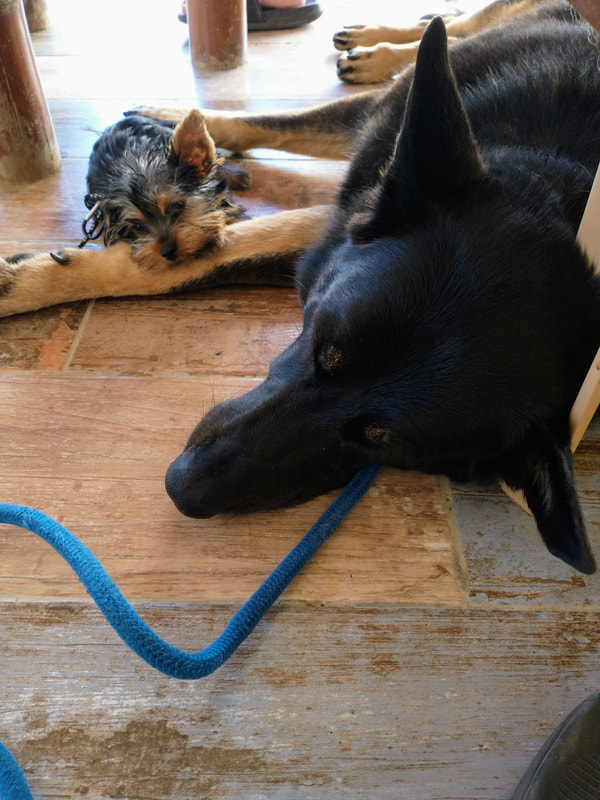
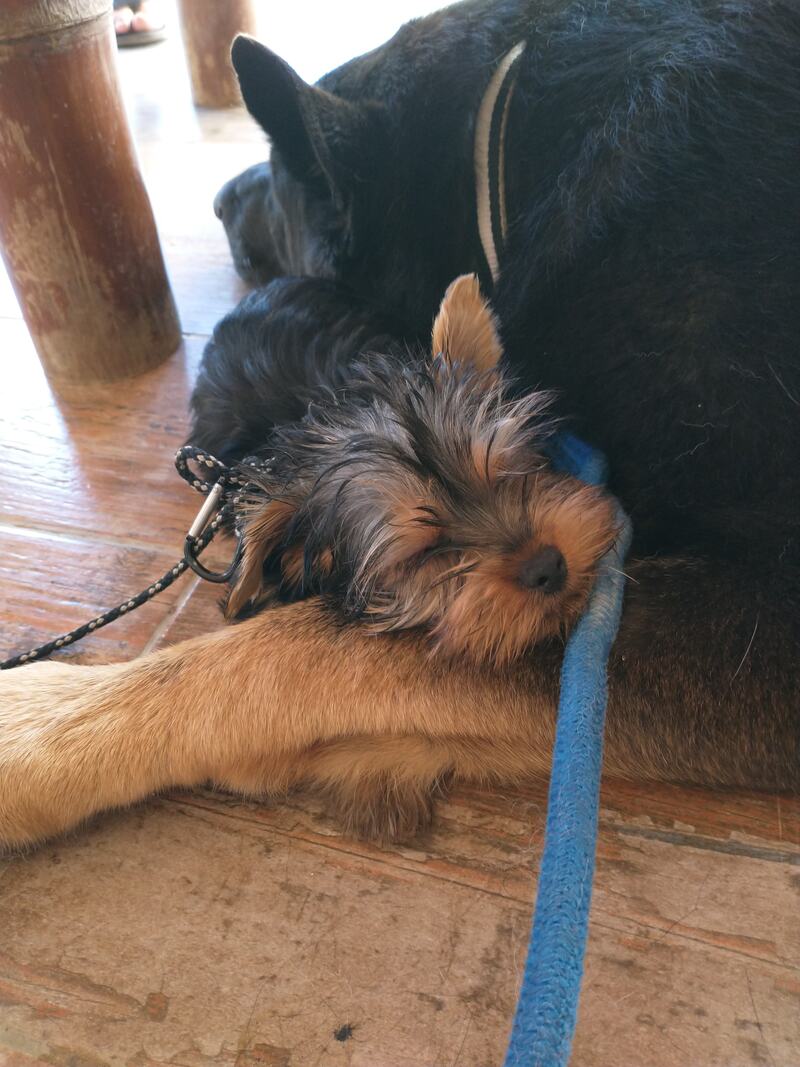







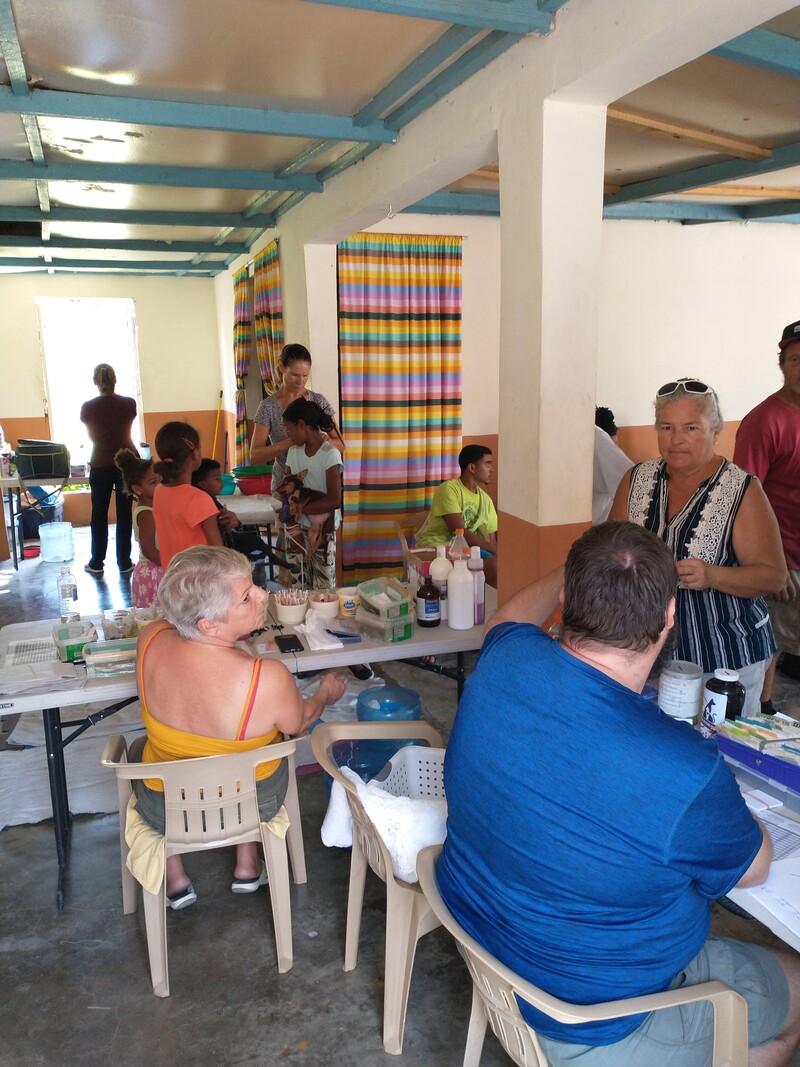




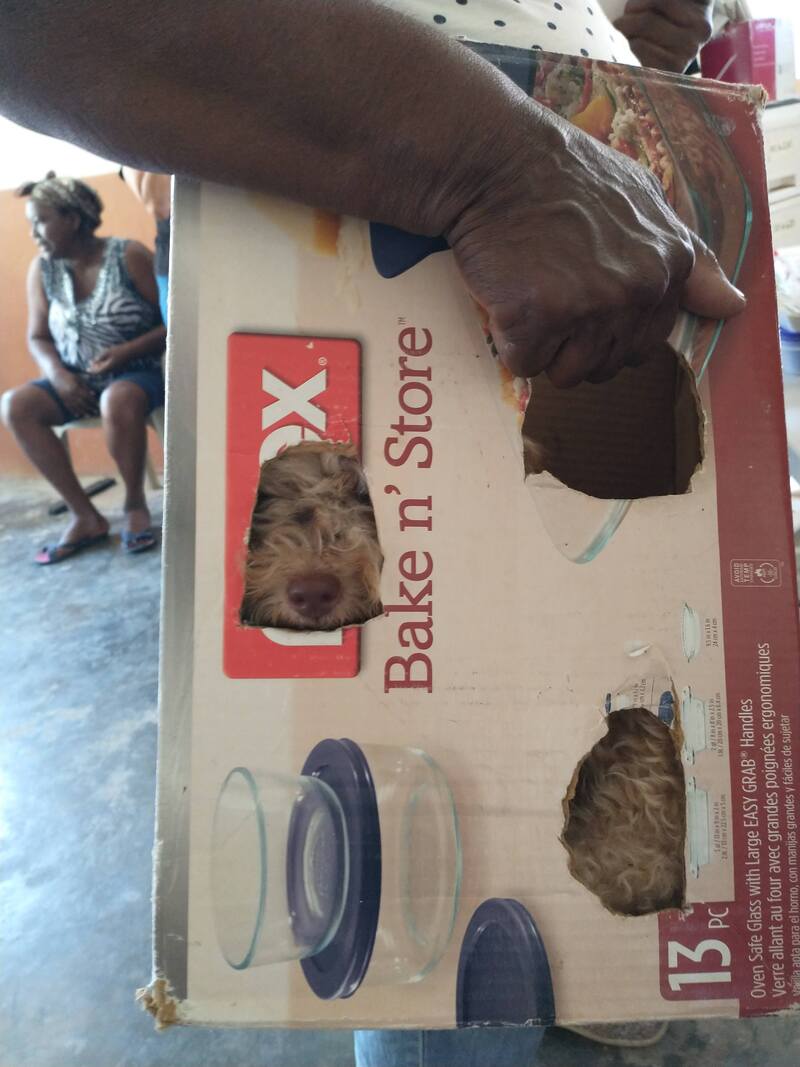


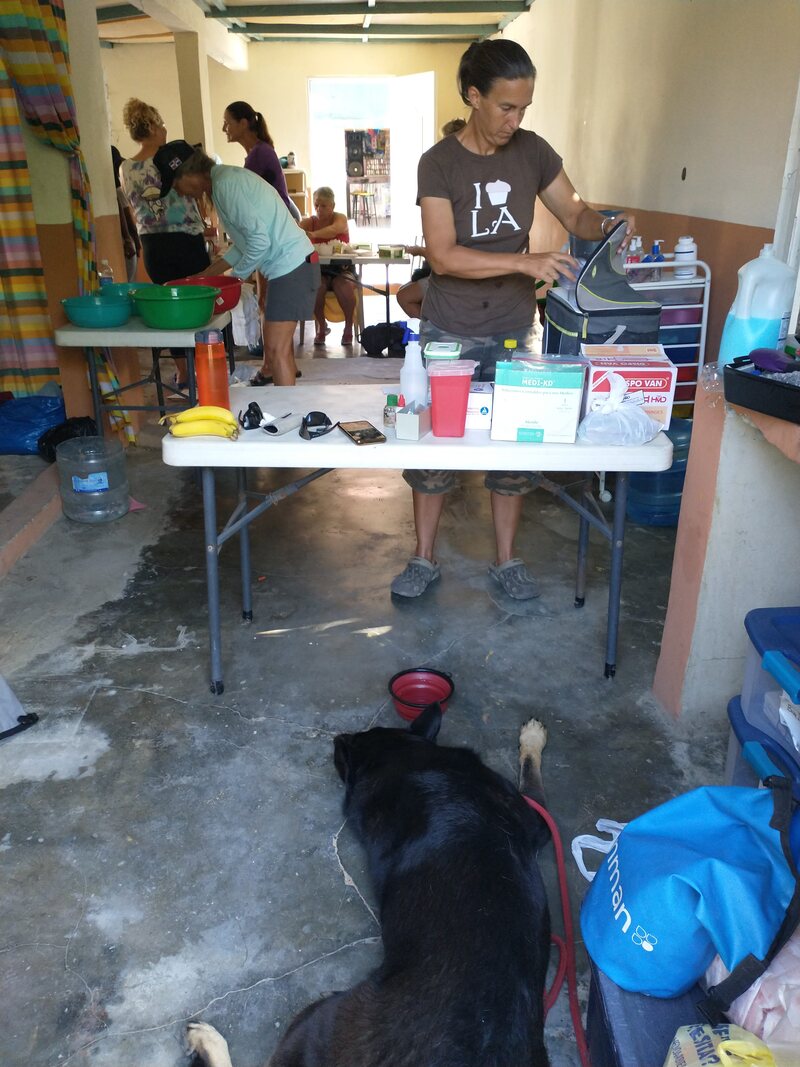
 RSS Feed
RSS Feed
